Sony A7 Mark III - A Question of Value
When I was in sixth grade, my best friend's oldest brother got a Chevrolet Camaro. I can't remember which version it was. In any case, it wasn't a Corvette, which was the model he'd rather have, if the financing had worked. That said, he comforted himself with the knowledge the Camaro was essentially the same vehicle as the same model year Corvette - except for the minor detail of a detuned V8 under the hood.
So when I look at the new Sony A7 Mark III, it reminds me of a Chevrolet Camaro. It's still a good camera, but it's a couple of horses short of a Sony A9 or a Sony A7R Mark III. What this means is the A7 Mark III is essentially the same camera as the A9 or the A7R Mark III, except for some strategic detuning. In the case of the A7 Mark III, it's less resolution compared to the A7R Mark III. And in the case of the A9, the A7 Mark III is less high-powered in measurable performance.
Nevertheless, being essentially the same isn't the same as being the same. A Chevrolet Camaro is not a Corvette. And neither is an A7 Mark III an A9 or A7R Mark III. Because of that, how could the A7 Mark III ever be mistaken for being essentially the same camera as the A9 or A7R Mark III? To answer that question, it's a matter of asking how much detuning is considered negligible in normal use, when differentiating the A7 Mark III from the A9 or the A7R Mark III.
ISO 6400, 1/800s, f/5,6, @70mm - is this just a fashion trend? Light color footwear with dark pants? By the way, I won't be commenting specifically on the performance and image quality of the Sony A7 Mark III in the main writeup of this post. Instead, I will leave that under the captions, when appropriate.
ISO 12800, 1/125s, f/4, @70mm
ISO 1600, 1/500s, f/2.8, @70mm - Image quality looks similar to the Sony A9.
ISO 1600, 1/60s, f/4, @70mm
ISO 1600, 1/60s, f/4, @70mm
ISO 1600, 1/60s, f/8, @60mm
Speaking anecdotally, the A7 Mark III offers more or less at the same perceptible level of performance as the A9 and the A7R Mark III, despite differences on paper. Its autofocus seems to offer similar speed and accuracy. Its low light performance appears similarly capable. Its image files appear to have similarly deep dynamic range. And its ability to keep on shooting raw continuously seems to feel as endless as the A9 and the A7R Mark III.
In addition to that, its electronic focusing aids are just as familiar as the ones offered on the A9 and the A7R Mark III. Dynamic tracking seems to perform more or less the same, as do face recognition and face registration. The same can also be said about the performance of their respective in-body image stabilization. And inside the camera's menu system, the A7 Mark III looks almost the same as the A9 and the A7R Mark III.
From that perspective, the A7 Mark III seems to pack more than enough horses under the hood to go the proverbial distance required for most general use. With that being the case, what is the point of considering the A9? And if higher resolution isn't necessary, what's the point of the A7R Mark III? Seeing how similar the A7 Mark III performs, does it really make sense to bear the premium required for the A9 or the A7R Mark III - just for a marginal increase in benefit?
ISO 1600, 1/60, f/4, @50mm - Why I do not advocate low-pass anti-aliasing filters. To me, the rendering appears smudged.
ISO 3200, 1/125, f/4, @50mm
ISO 6400, 1/250, f/4, @50mm - In my opinion, I believe the rendering actually improves at higher ISO, since the digital noise actually compensates for the smudging from the low-pass anti-aliasing filter.
ISO 12800, 1/500, f/4, @50mm
ISO 25600, 1/1000, f/4, @50mm
ISO 51200, 1/2000, f/4, @50mm
To some, the differences on paper is enough to justify the premium. Knowing that the A9 can shoot faster at 20 fps compared to the 10 fps of the A7 Mark III, the difference might be a deal breaker. So could the higher resolution viewfinder and rear LCD screen. Or even a lack of bluetooth connectivity, LAN terminal, or flash sync port. To some, having less on paper might just be enough to cross that line in the sand in rejecting the A7 Mark III for consideration.
For others, the justification might involve perceptible differences in actual use. Case in point is the anti-aliasing filter fitted on the A7 Mark III. This reduces the sharpness of image capture. In addition, it also doesn't have the same stacked sensor and electronic shutter. This makes the A7 Mark III significantly less able to mitigate banding in difficult low light high speed image capture. It also makes the A7 Mark III prone to black out in live view continuous shooting.
Indeed, these are significant differences between the A7 Mark III and the A9 or the A7R Mark III. And when you begin to tally them all up, what's missing might appear more than just marginal. But in the real world, when was the last time anyone needed tethered shooting on vacation? Or felt that 10 fps wasn't fast enough to cover a family event? Or noticed that the viewfinder's resolution just wasn't high enough to accurately capture a selfie for a Facebook profile?
ISO 6400, 1/640s, f/5.6, @35mm - The A7 Mark III just keeps on clicking away without end - CLICK HERE for proof of 80 Frames x 10 Seconds Example
ISO 6400, 1/800s, f/5.6, @35mm
ISO 6400, 1/160s, f/5.6, @35mm - cropped and leveled slightly
ISO 12800, 1/8s, f/2.8, @24mm - Low light ability as good as the Sony A9. Note that the shooting condition was almost pitched black with almost no ambient light. Also worth noting is the in-body image stabilization to be a tick less steady than the Sony A7R Mark III.
ISO 25600, 1/15s, f/2.8, @24mm
ISO 51200, 1/30s, f/2.8, @24mm
Realistically, how useful are features and functions if they're never going to be used? I mean, do they even exist in the metaphysical sense? In fact, most will never even notice what's left off the A7 Mark III, relative to the A9 or A7R Mark III unless they go looking for it. This makes what's missing negligible in normal use. And that's the point. The A7 Mark III is essentially more camera than anyone would ever need, without bearing the cost of unnecessary features and functions.
In that way, the A7 Mark III is a camera where more of it can be used most of the time. Because of that, less of what the camera can do will go to waste. For general run-of-the-mill documentation viewed at normal resolution, nothing is as efficiently configured as the A7 Mark III. It might not excel as much as the A9 in performance, or the A7R Mark III in image quality, but it comes close to those standards in normal use. Where it counts most, the A7 Mark III is good enough.
Still, sometimes enough just isn't enough. And therein lies my biggest problem with the A7 Mark III. By this point in the post, you've probably noticed how my opinion towards the A7 Mark III has been vacillating. I know the A7 Mark III is remarkably good value for what it is. Essentially, it's a detuned A9 or A7R Mark III. It really is good enough for most general use. But then, settling for good enough doesn't leave much room for growth.
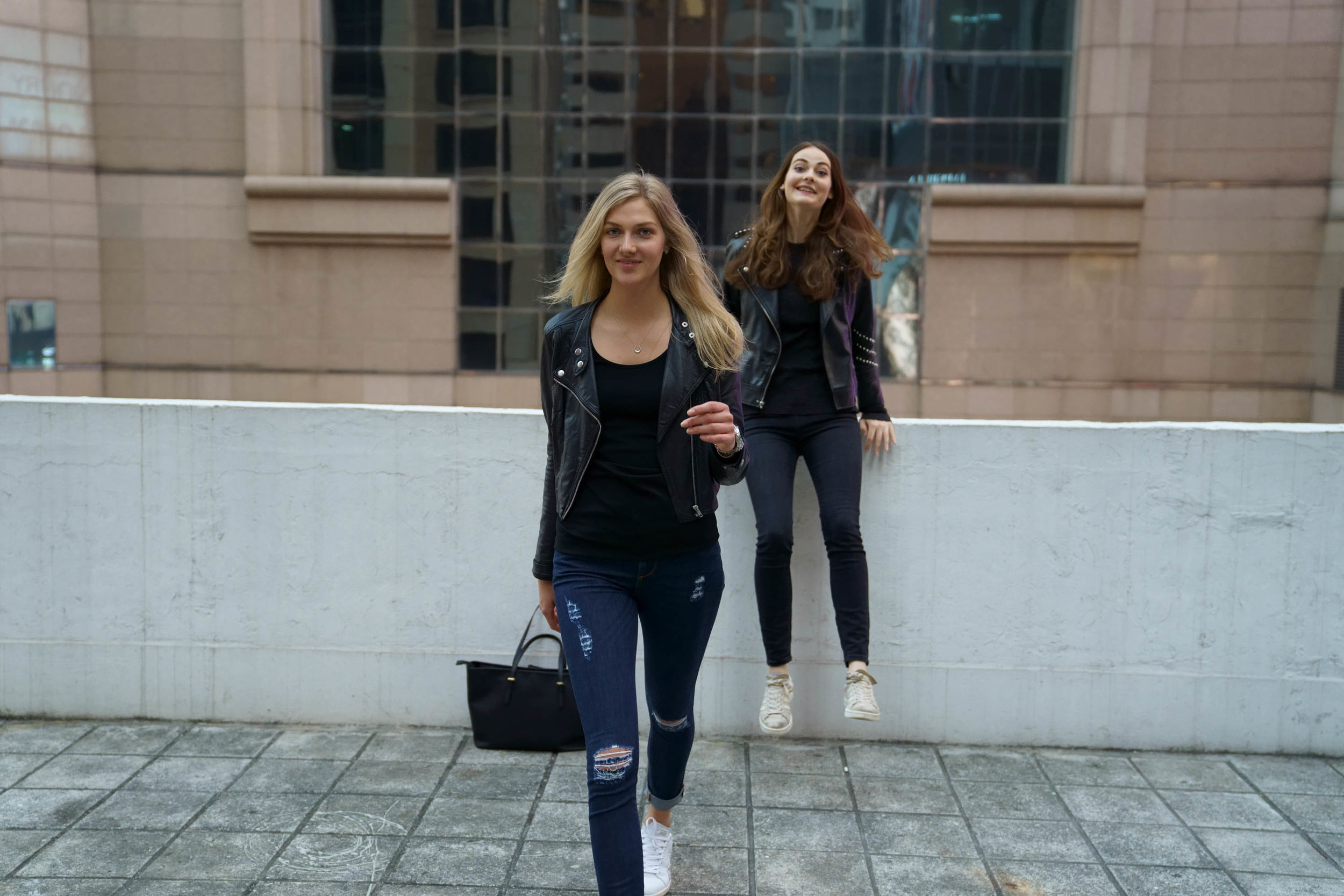

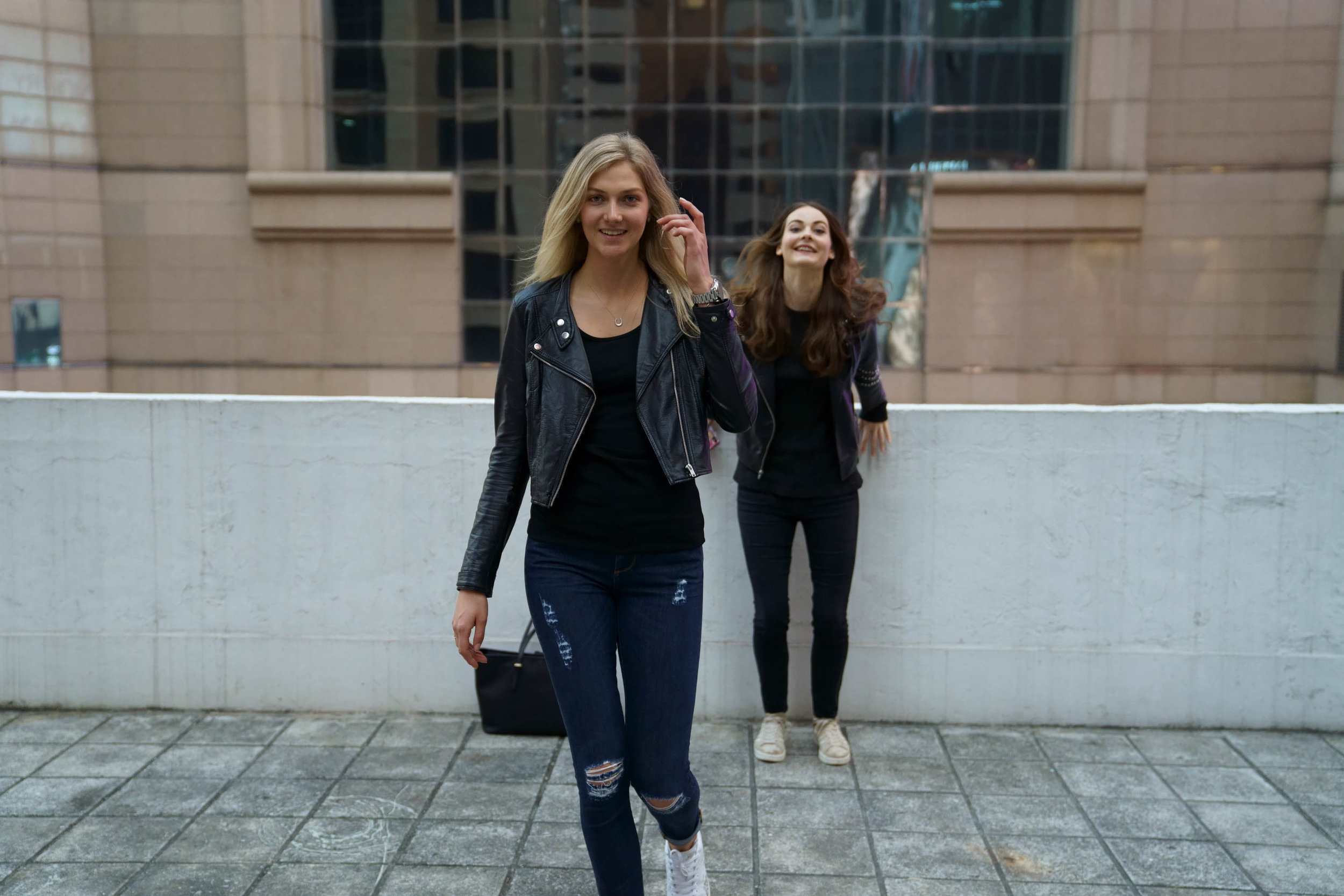
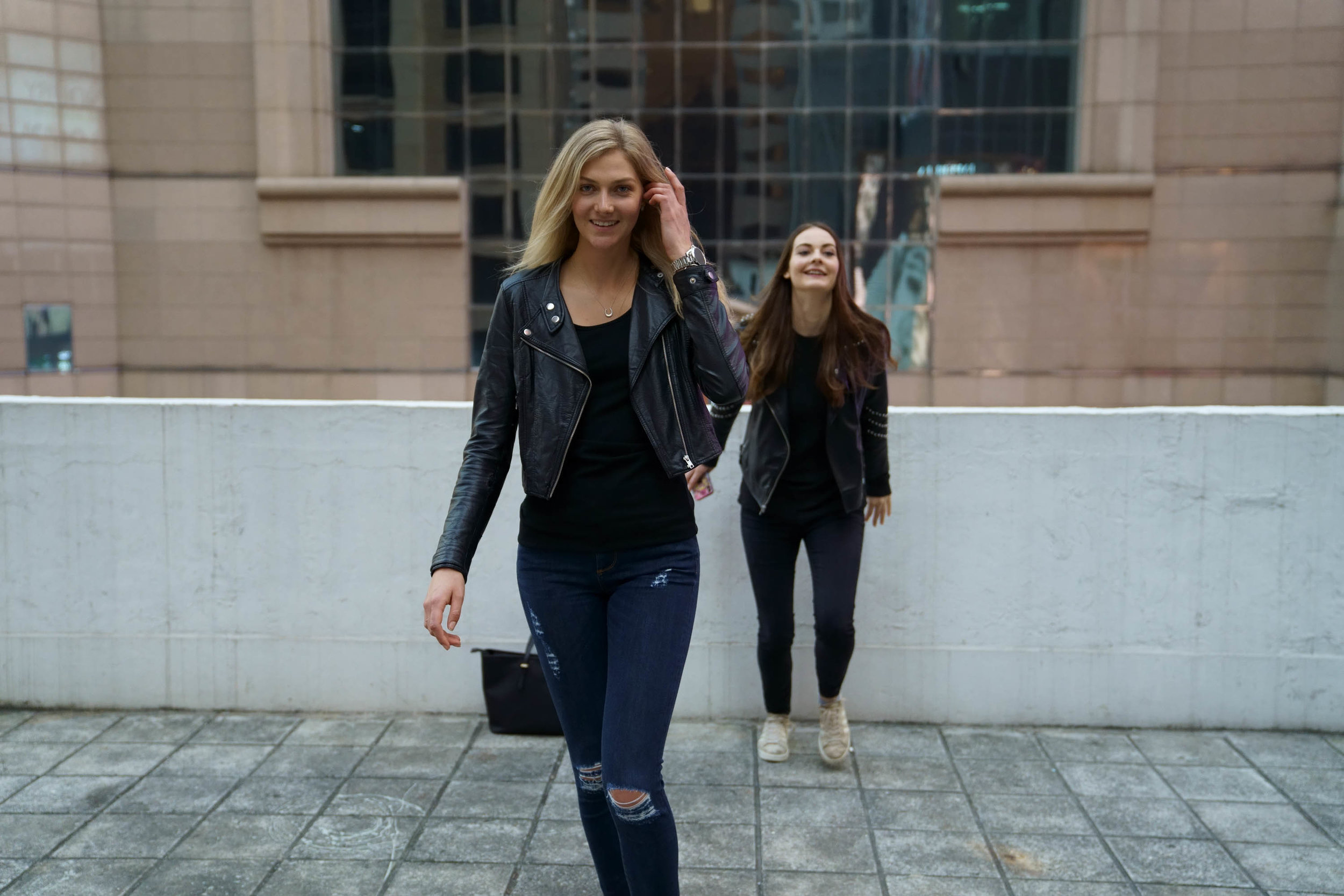
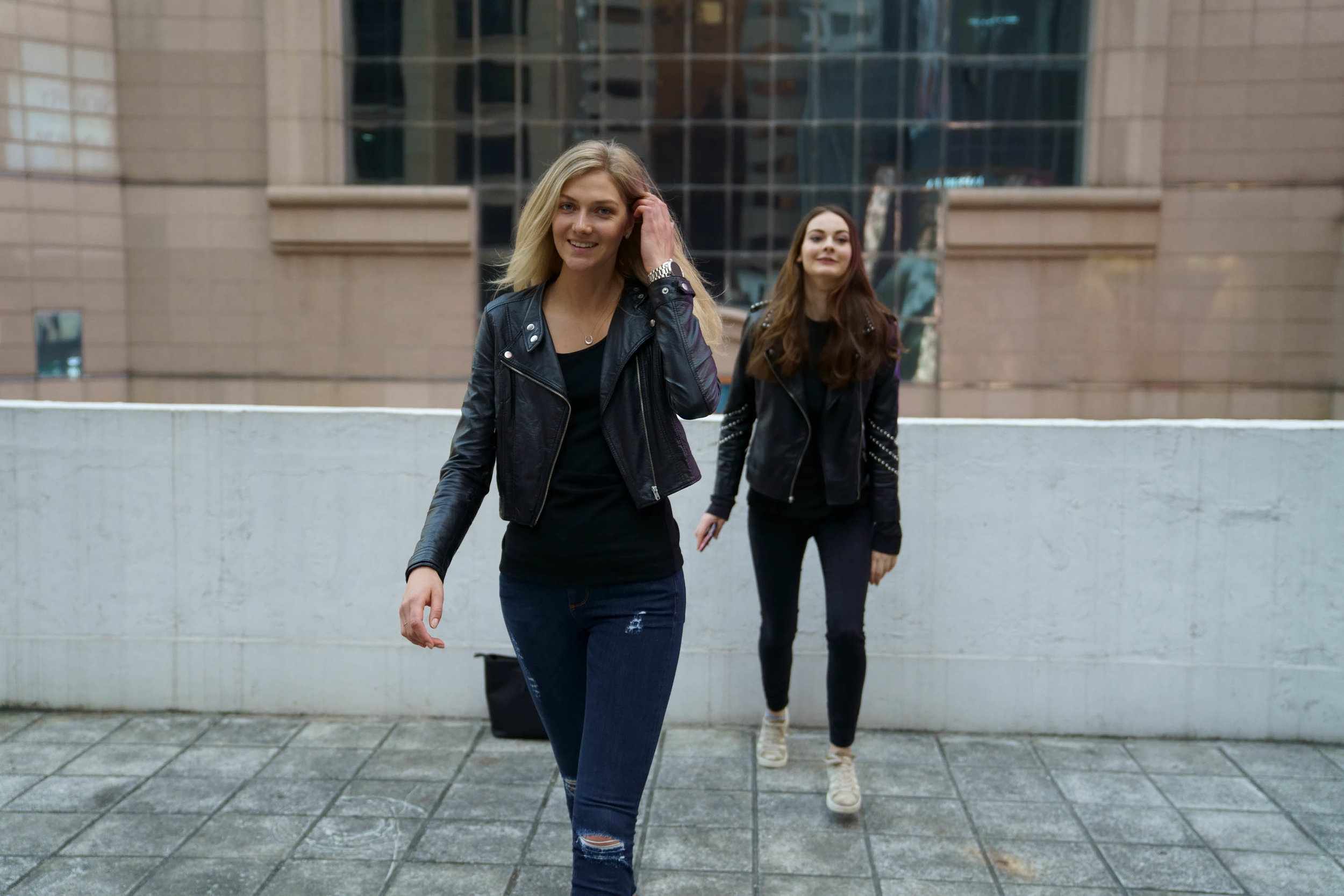
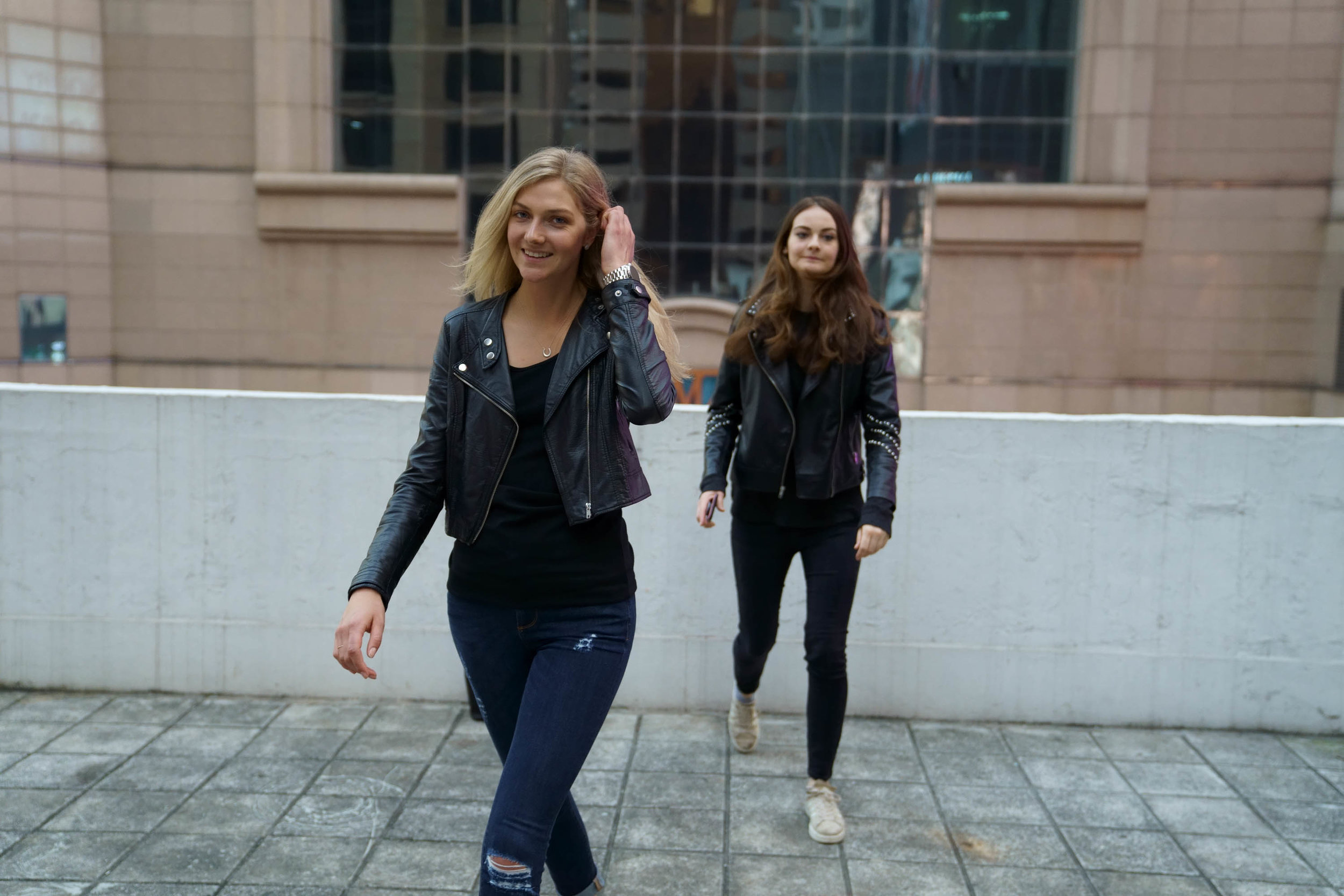
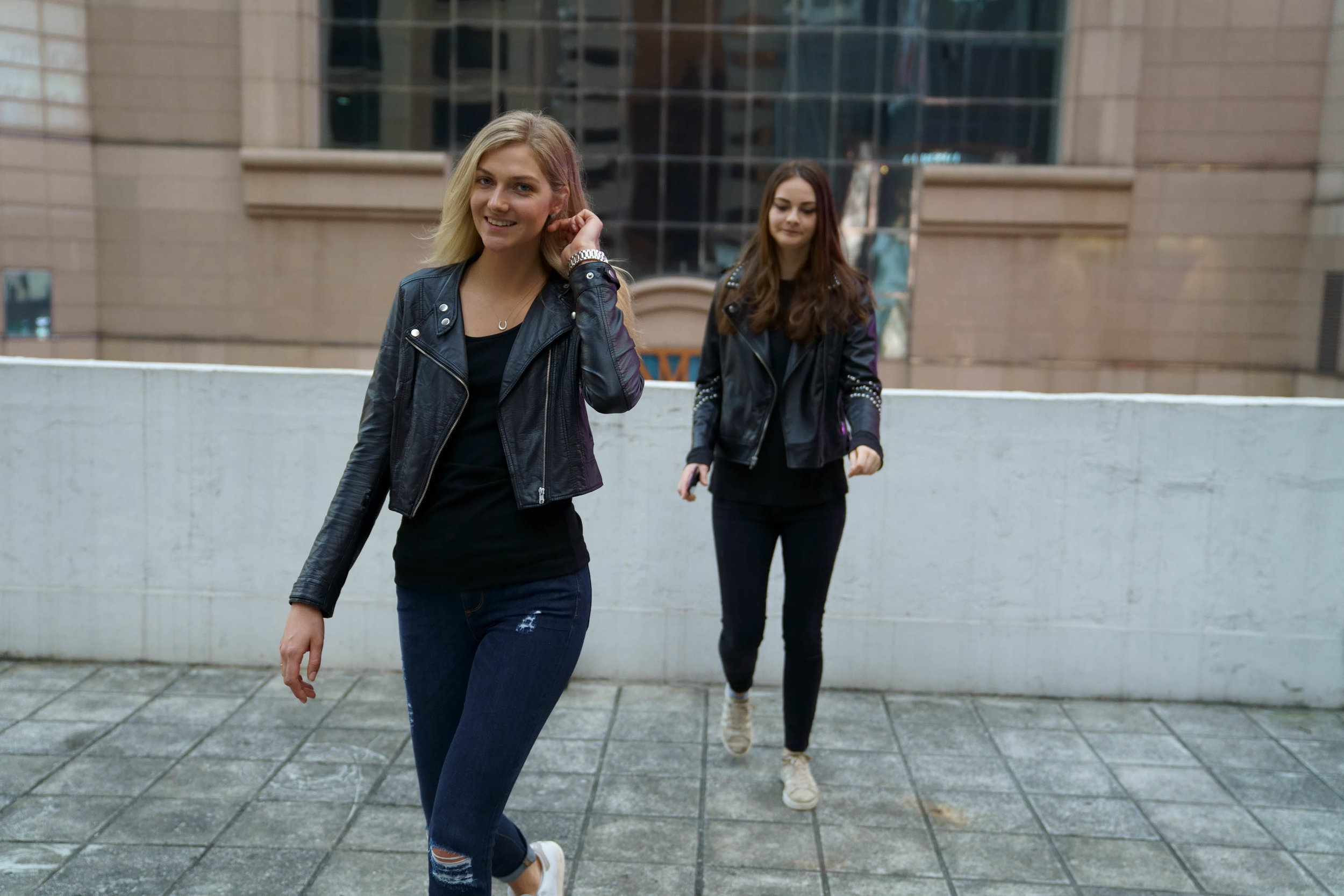
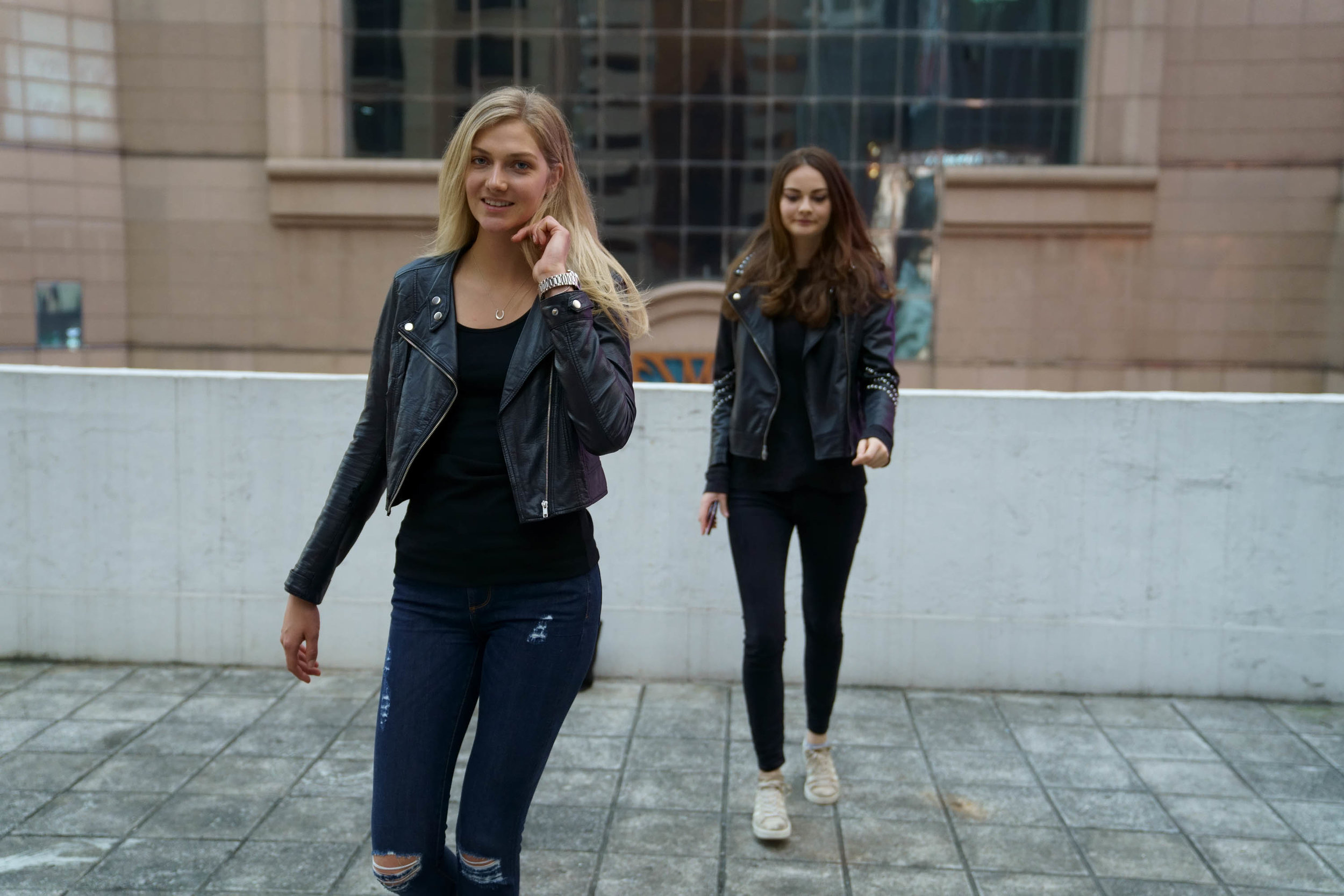
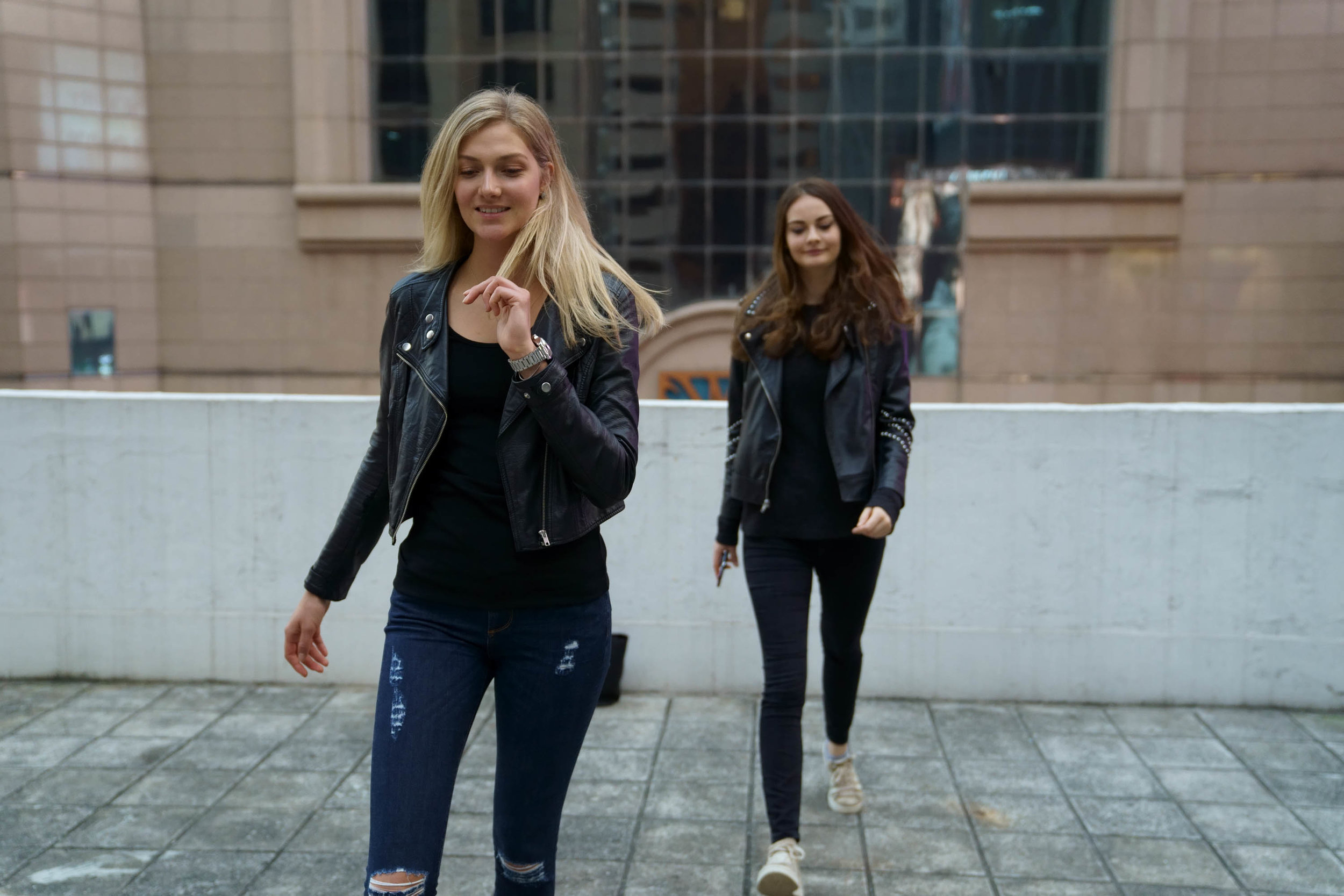
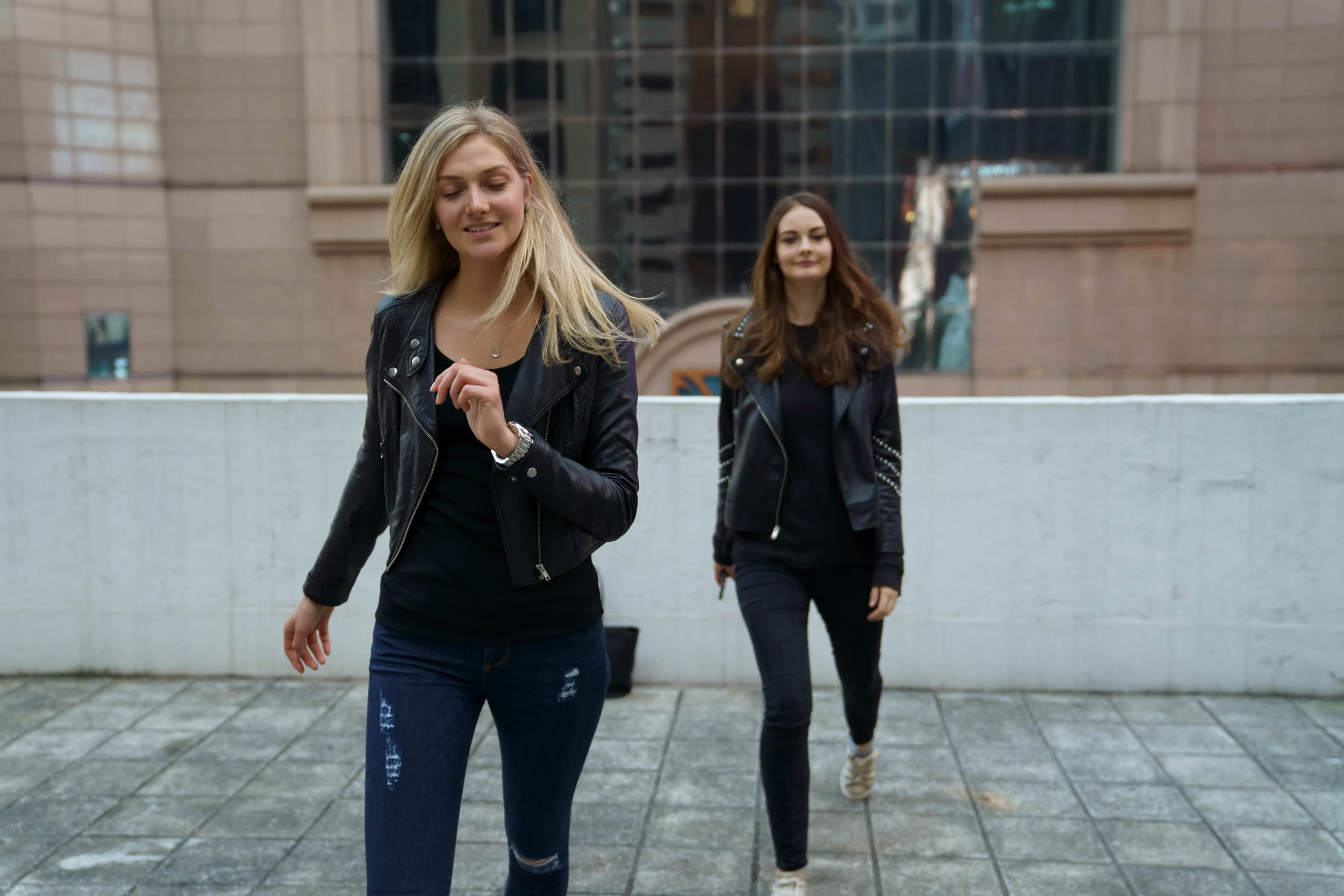
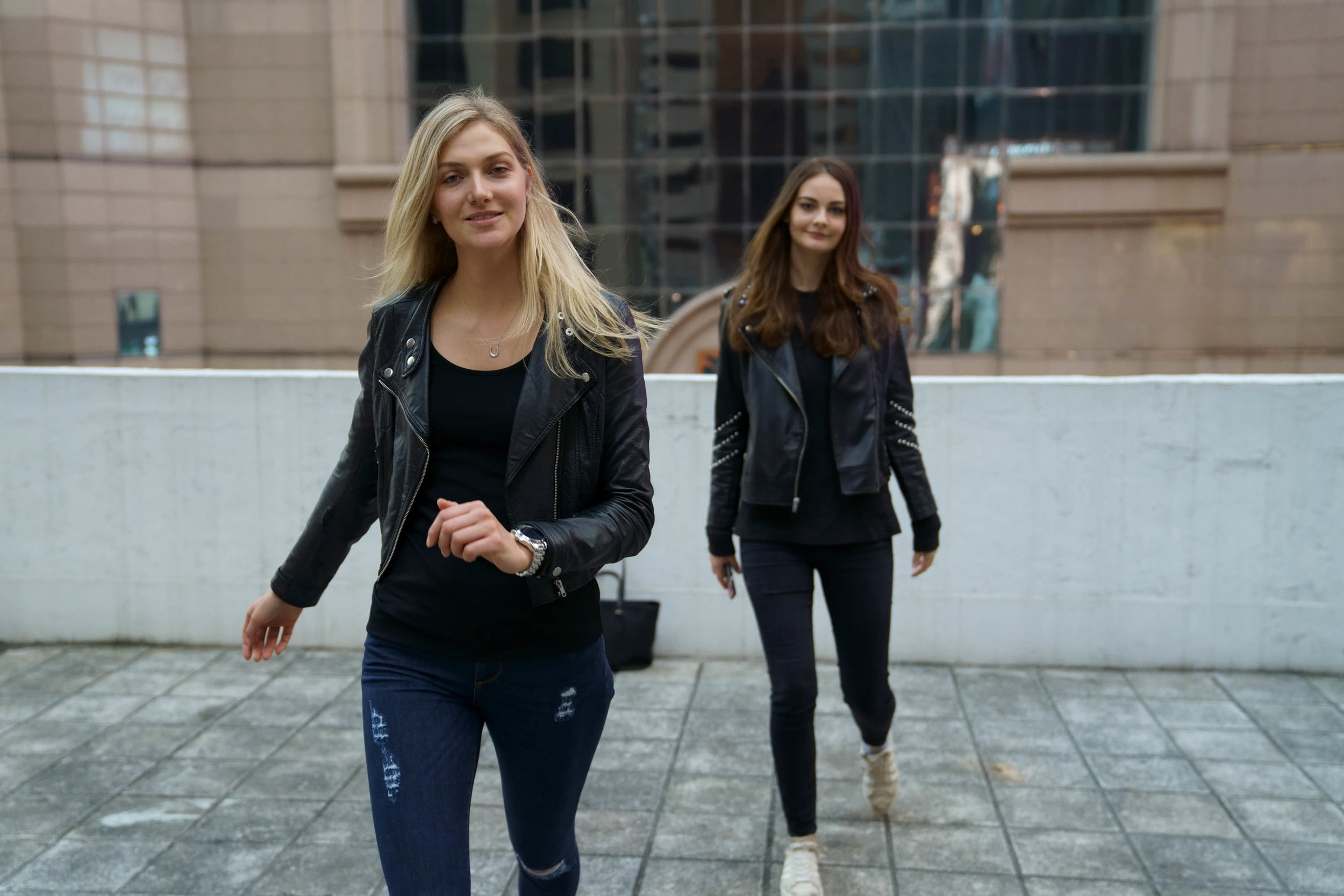
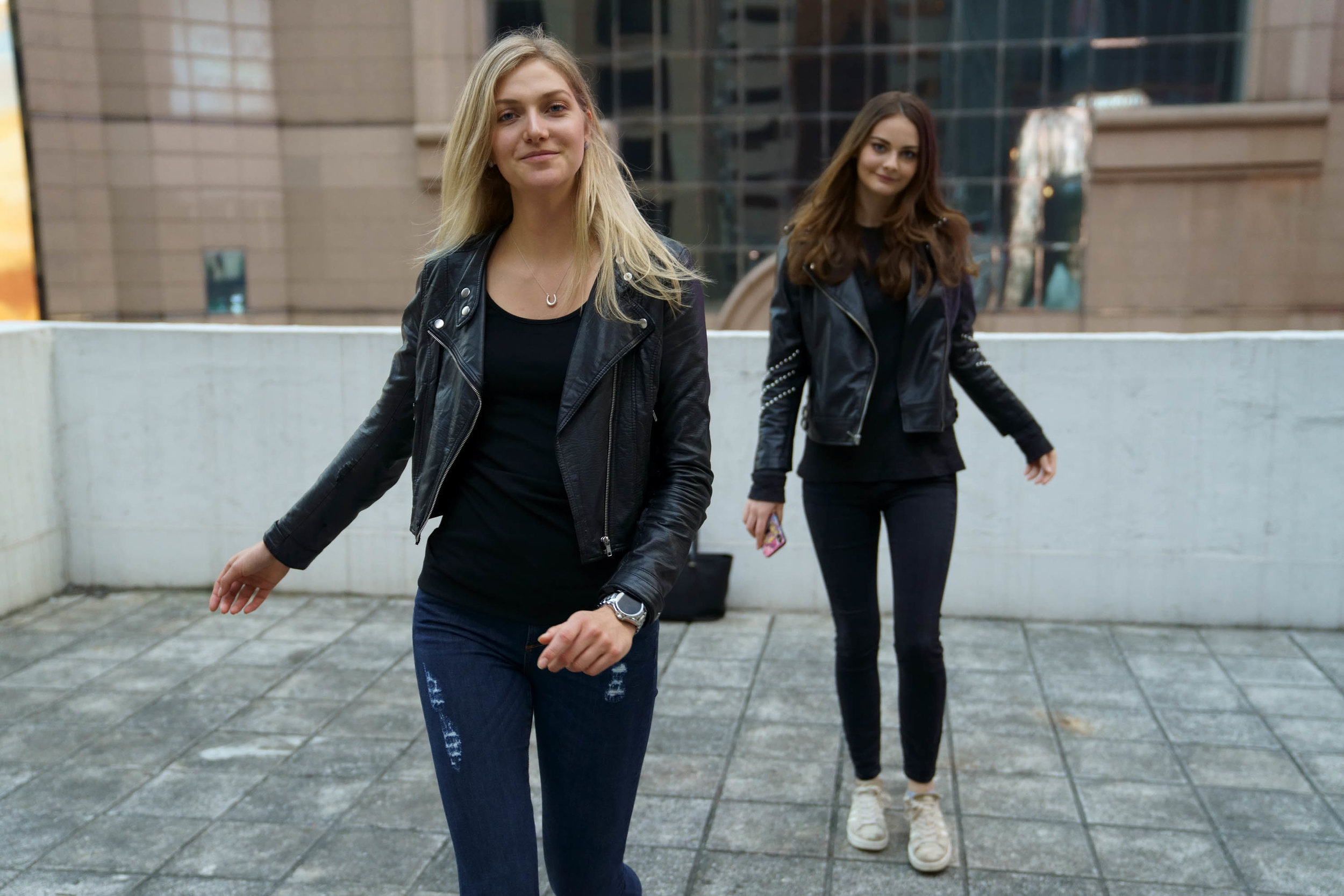
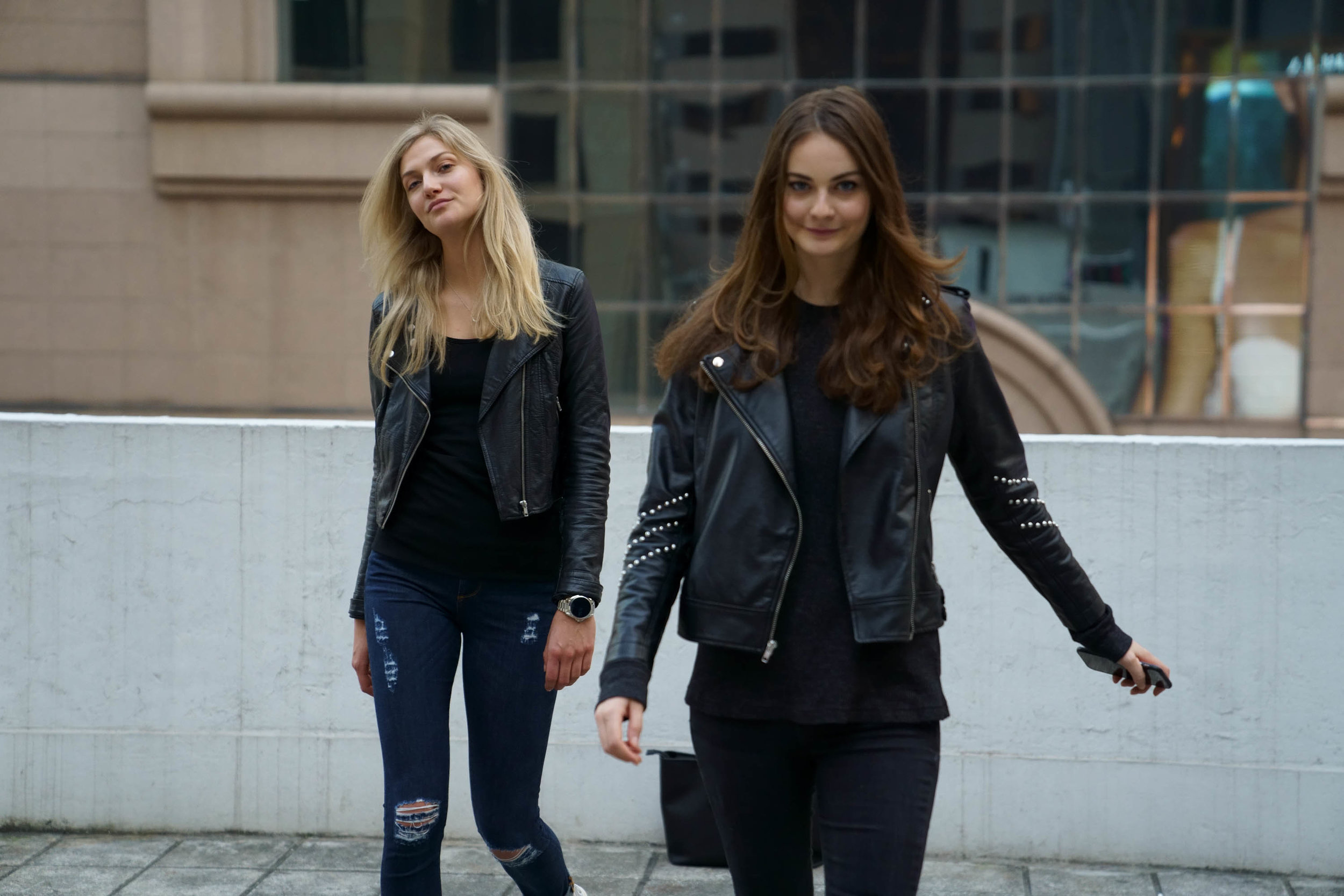
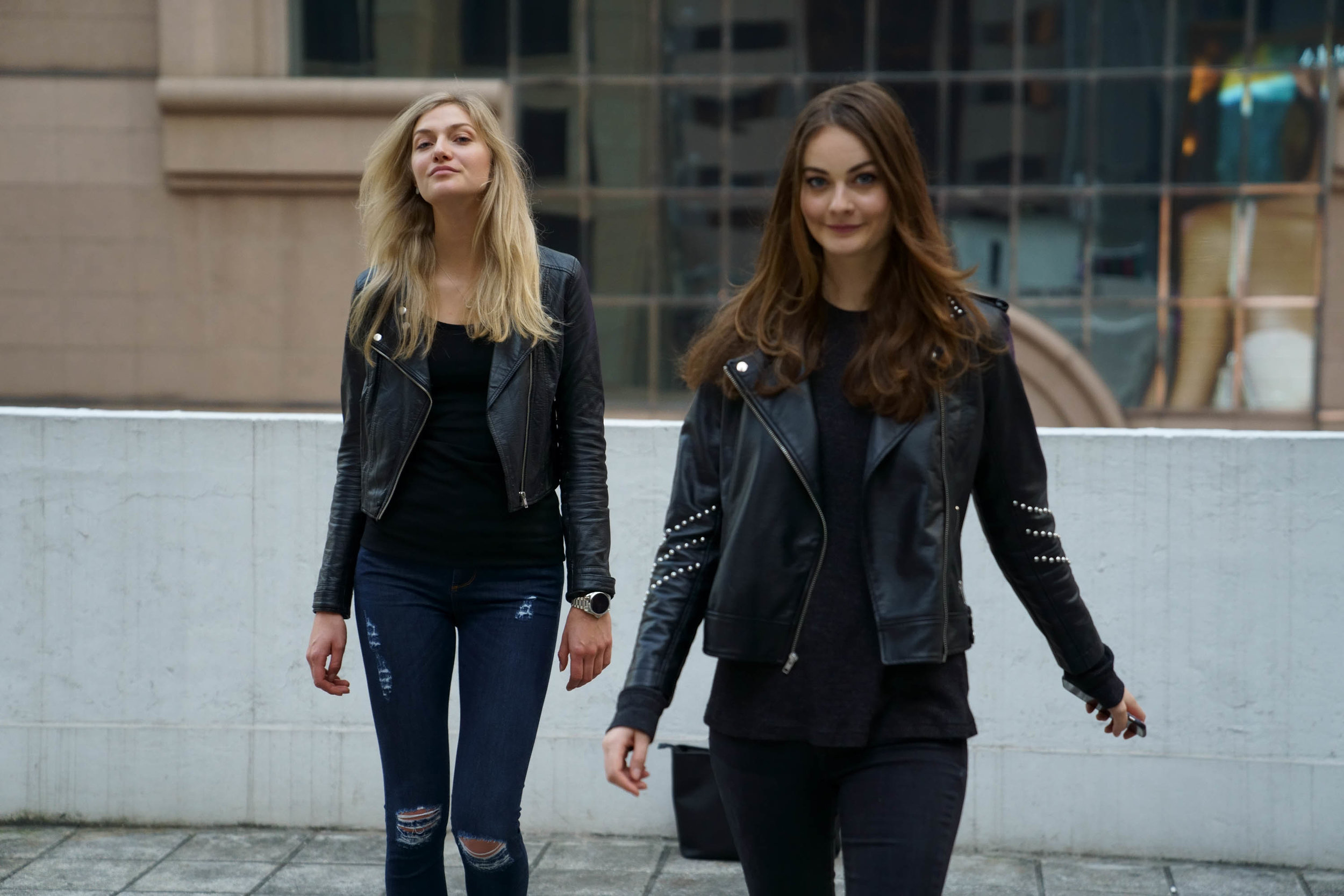
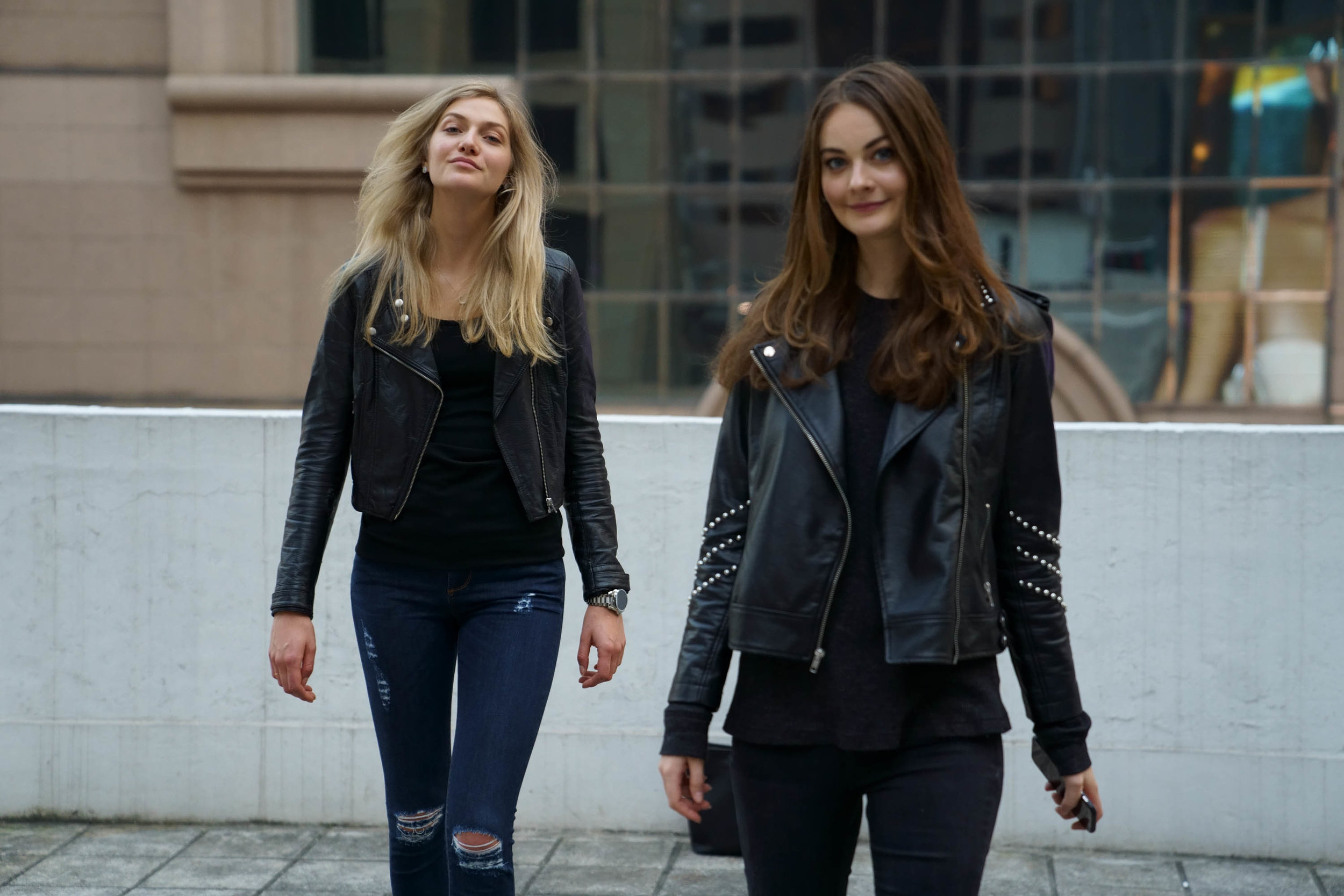
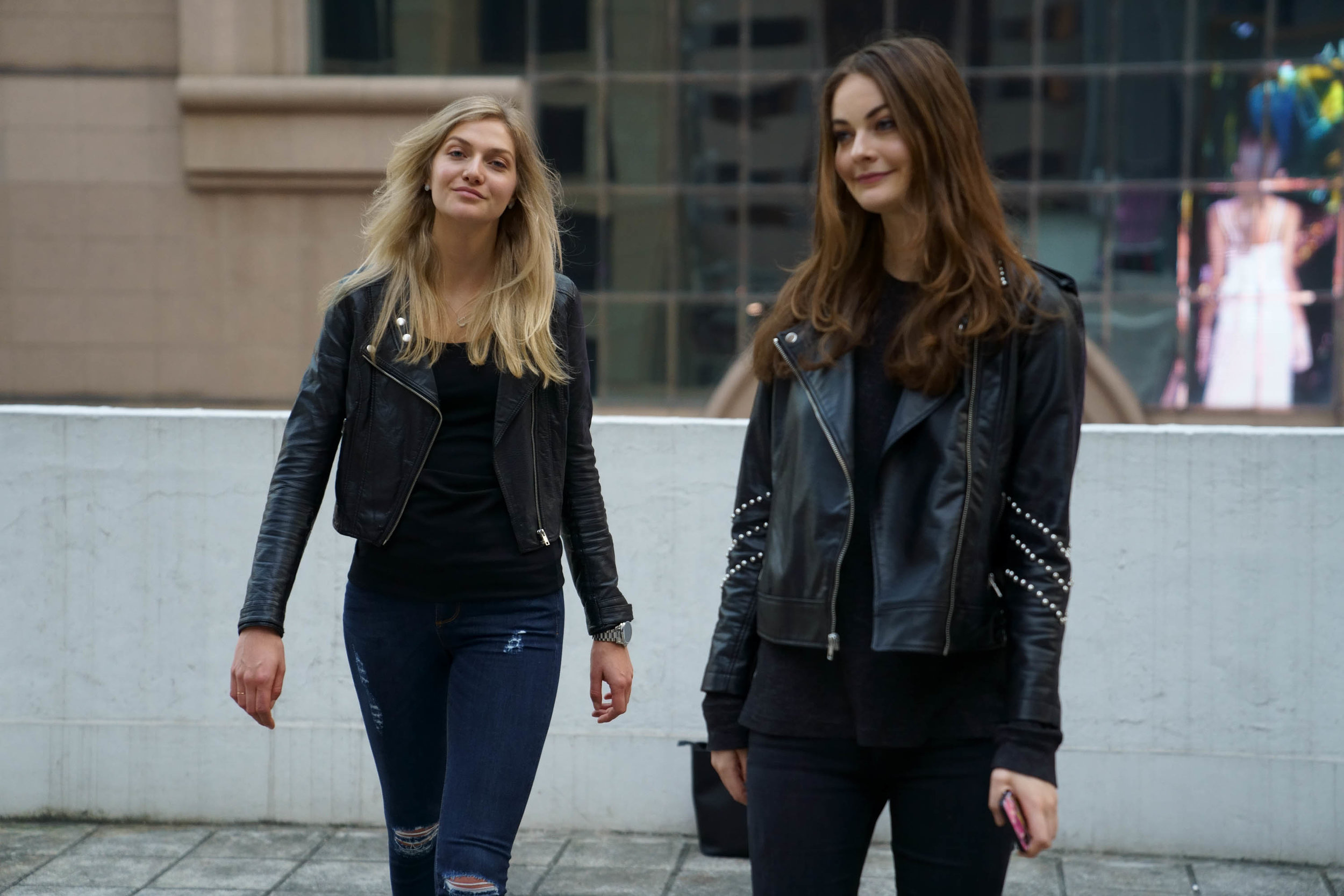
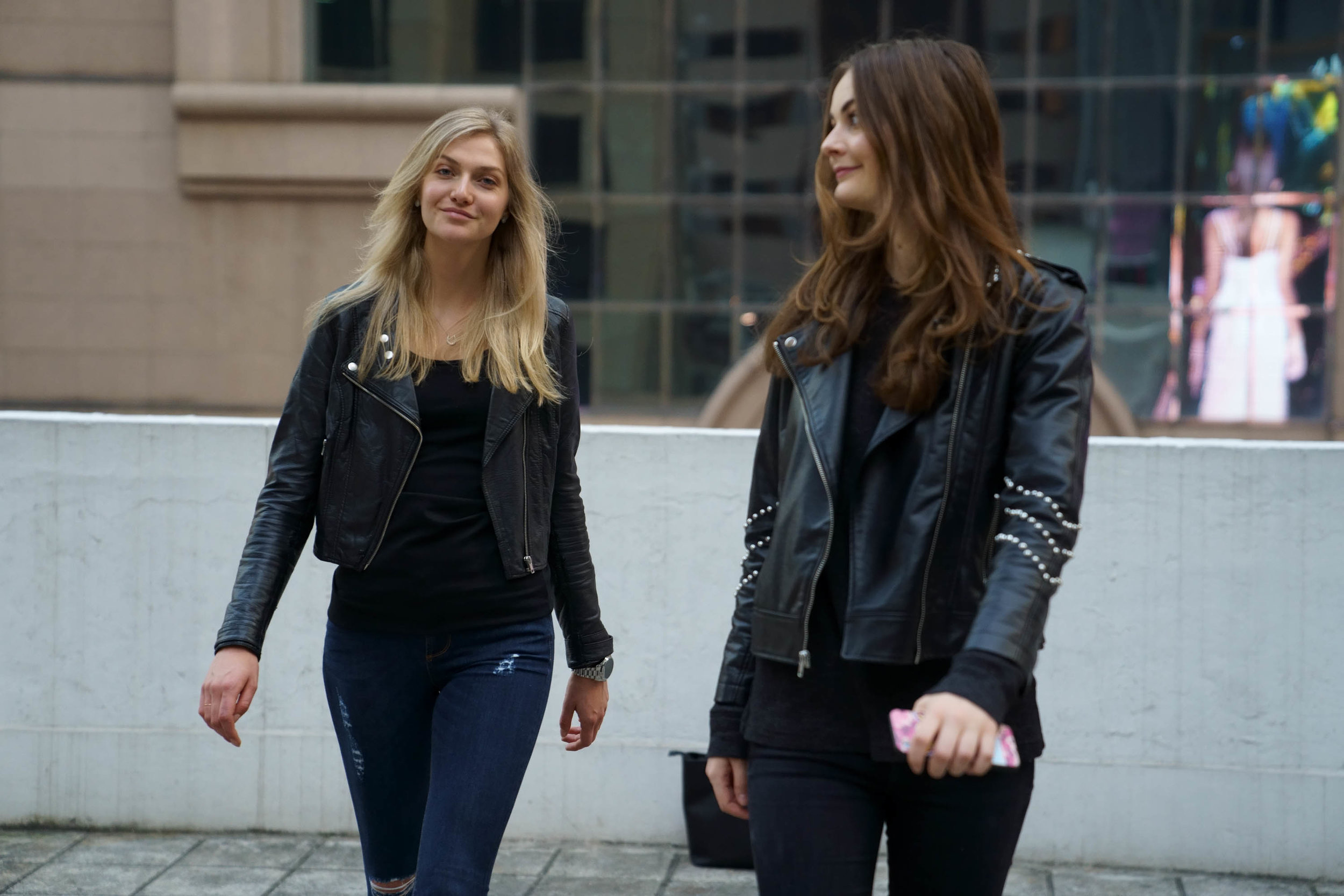

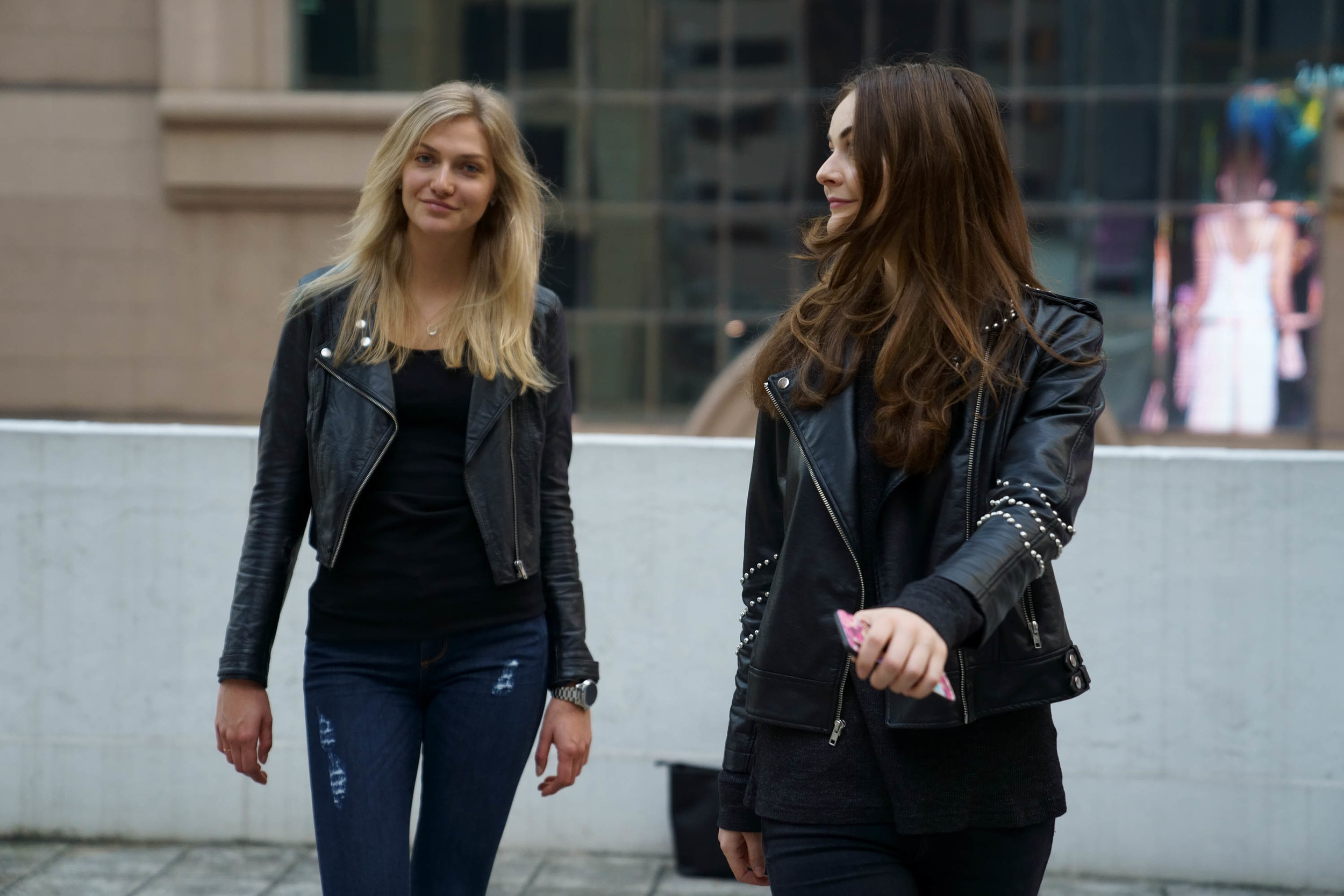
ISO 1600, 1/30s, f/2.8, @24mm, +3 stops - The dynamic range of the image files seems consistent with the A9 and A7R Mark III.
ISO 1600, 1/60s, f/2.8, @24mm, +4 stops
ISO 1600, 1/60s, f/4, @24mm - At MiNT getting some film - cropped, leveled, and transformed vertically
ISO 1600, 1/60s, f/4, @24mm - At MiNT getting some film
There is a tradeoff in settling for good enough. For the sake of picking value, what is given up for good is the potential to ever use those features and functions passed over on the A7 Mark III. Admittedly, this missed opportunity is immaterial for most recreational enthusiasts. But for those with greater ambitions, making the practical choice will likely lead to regret and further budgetary waste in rectifying the mistake.
However, if budgetary constraint is an issue, settling for good enough might be the only option available, when deciding in favor of the A7 Mark III. But I suppose one could always be comforted with the knowledge that the A7 Mark III is remarkably good value for a camera that is essentially a couple of horses shy of the A9 or the A7R Mark III. That said, it's likely the A7 Mark III won't be anybody's first choice, if budgetary realities weren't a common reality.
Needless to say, the Sony A7 Mark III isn't for me. I mean, I really tried to like it. I truly believe it's remarkably good value. But for my needs, I cannot embrace a camera handicapped with an anti-aliasing filter. That's the deal breaking line in the sand for me. It's the same reason why I traded in my Nikon D800 for a D800E many years ago. That said, the Sony A9 is also not for me, given the exact same reason. As a result, the one that best suits my needs is the Sony A7R Mark III.
ISO 6400, 1/200s, f/2.8, @24mm, +2 stops - backlighting test, wide angle at center weight aperture priority exposure. Under difficult light conditions, the metering appeared reasonably usable in accuracy.
ISO 6400, 1/100s, f/2.8, @70mm, +1 stop - backlighting test, tight angle + center weight
ISO 1600, 1/200s, f/2.8, @70mm
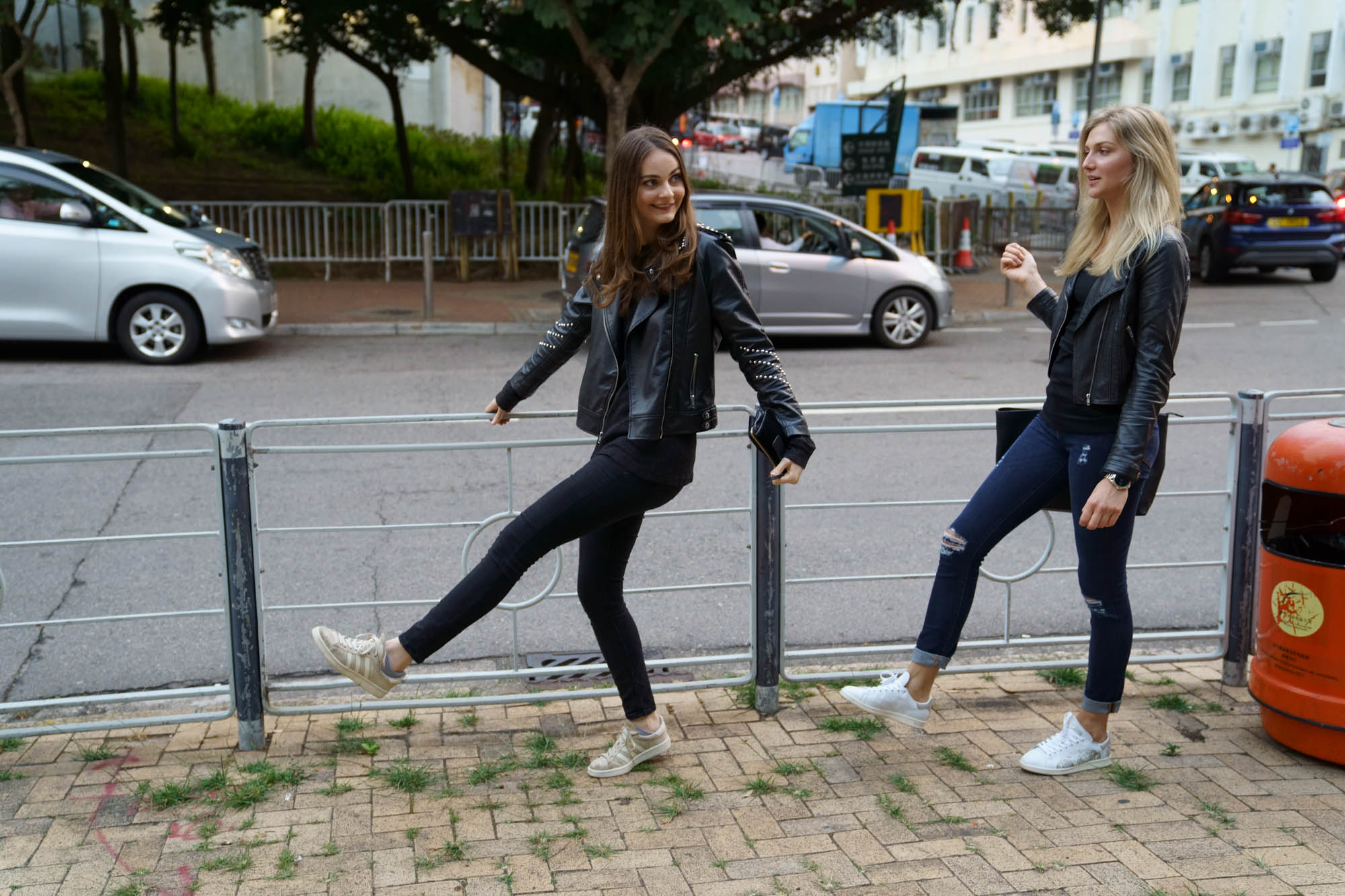
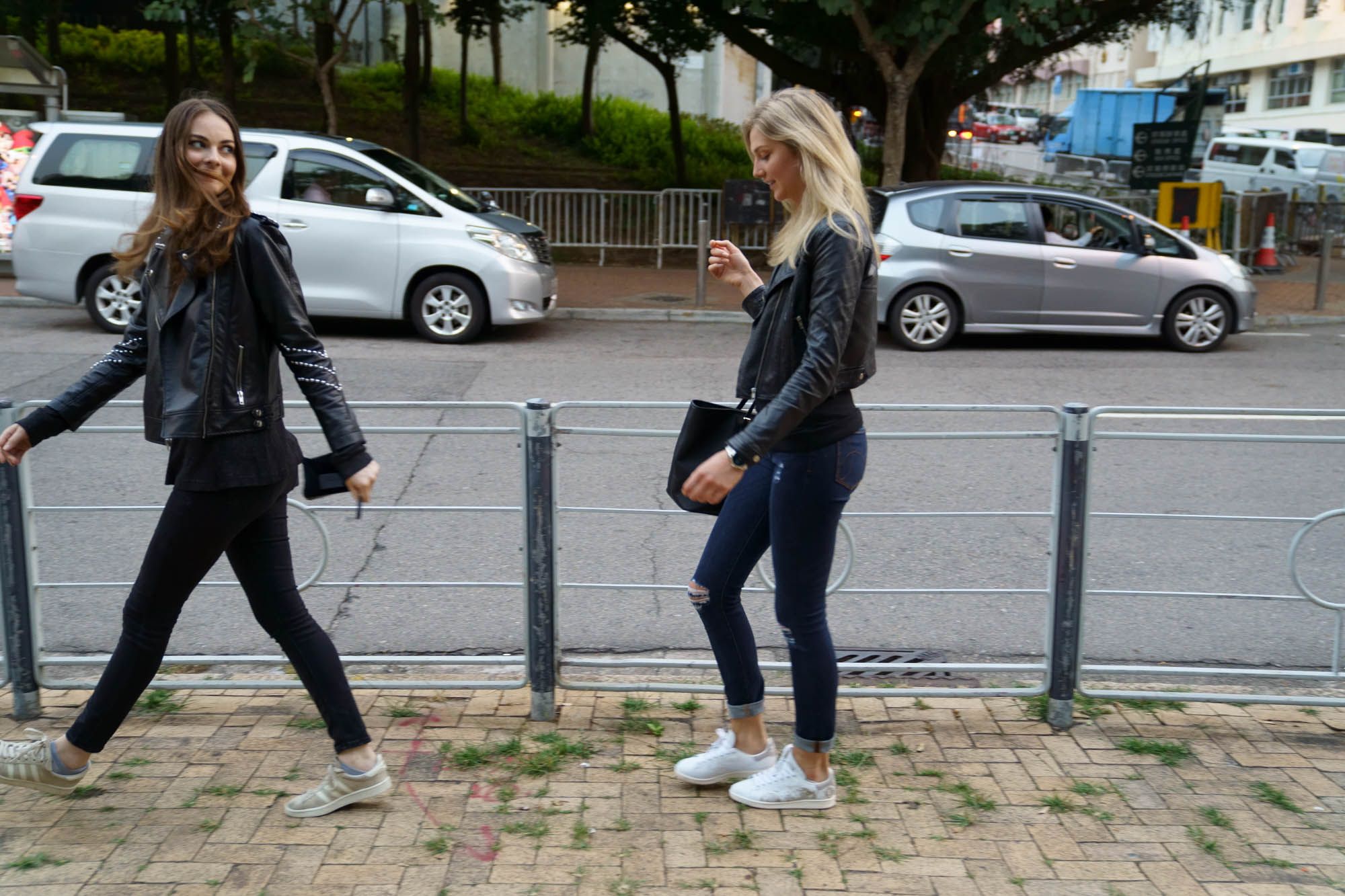

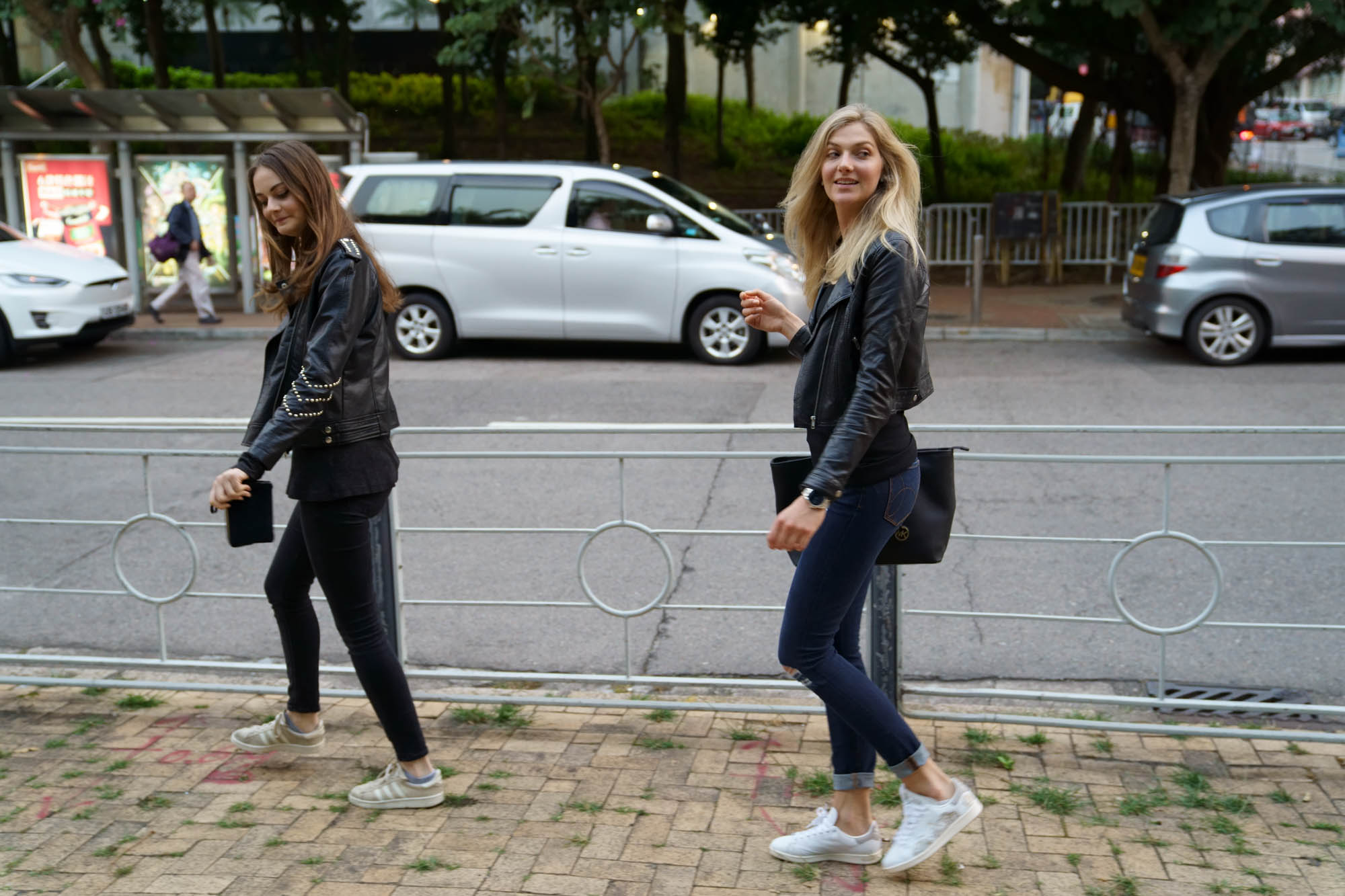
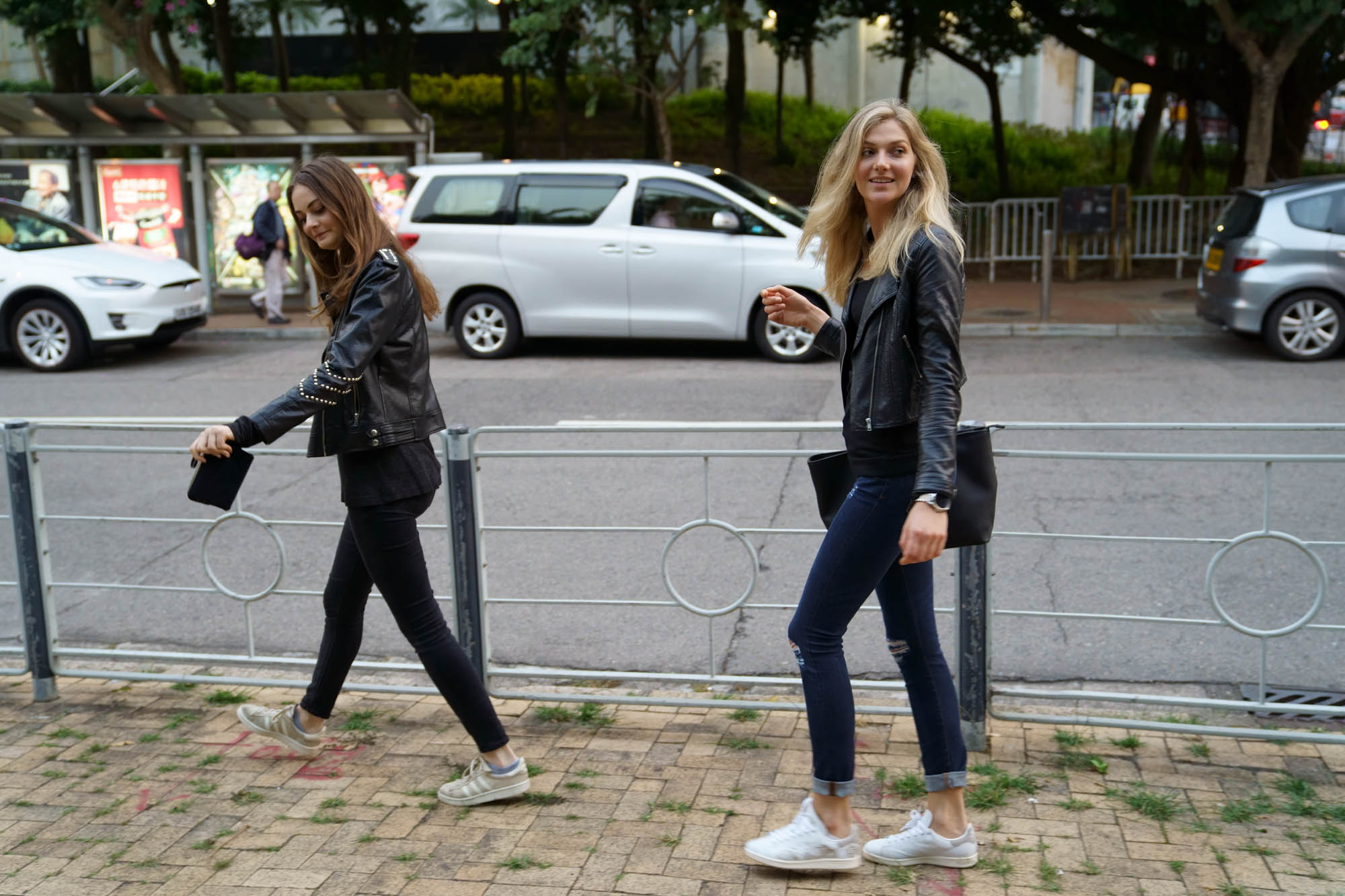
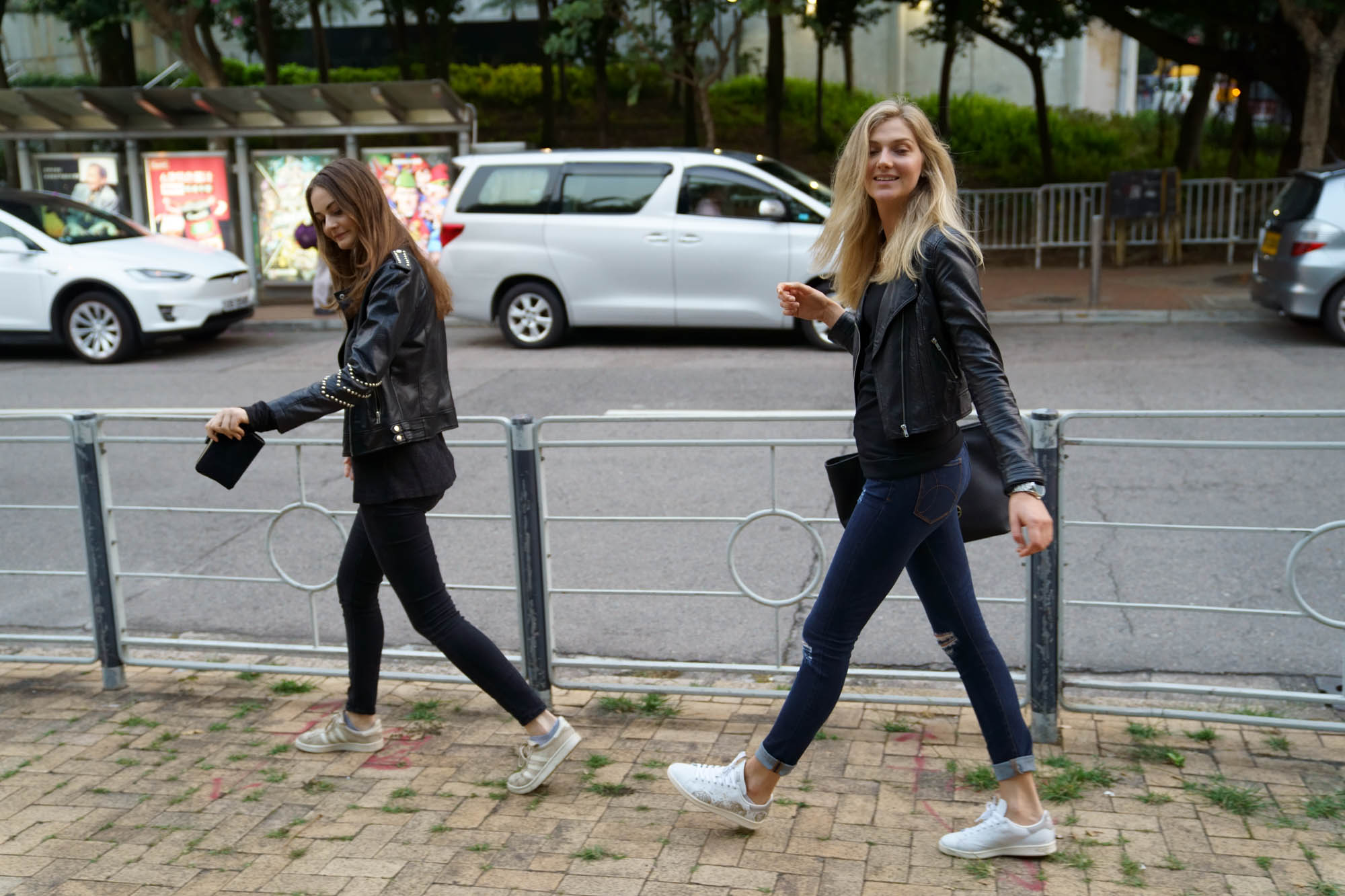
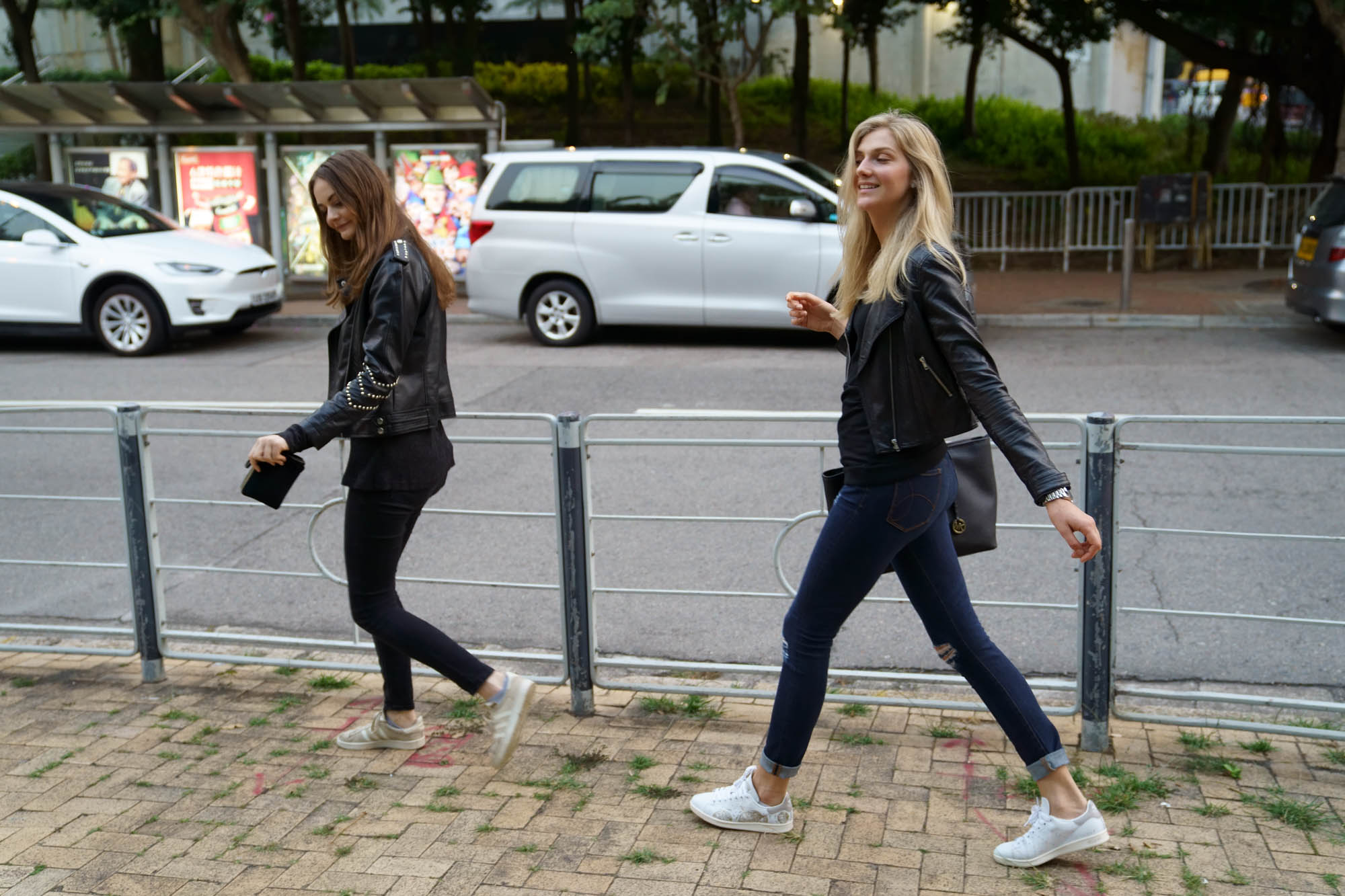
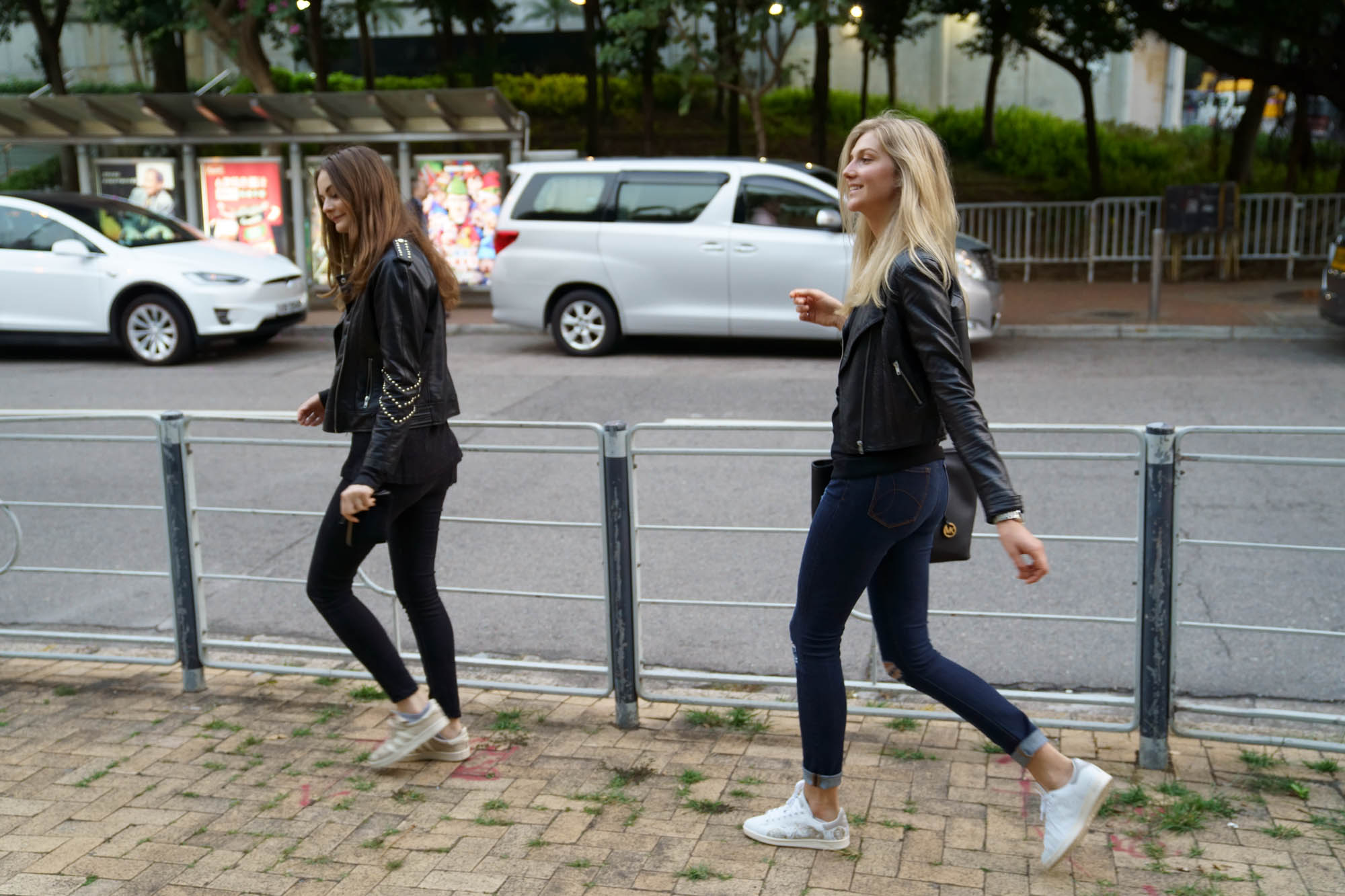
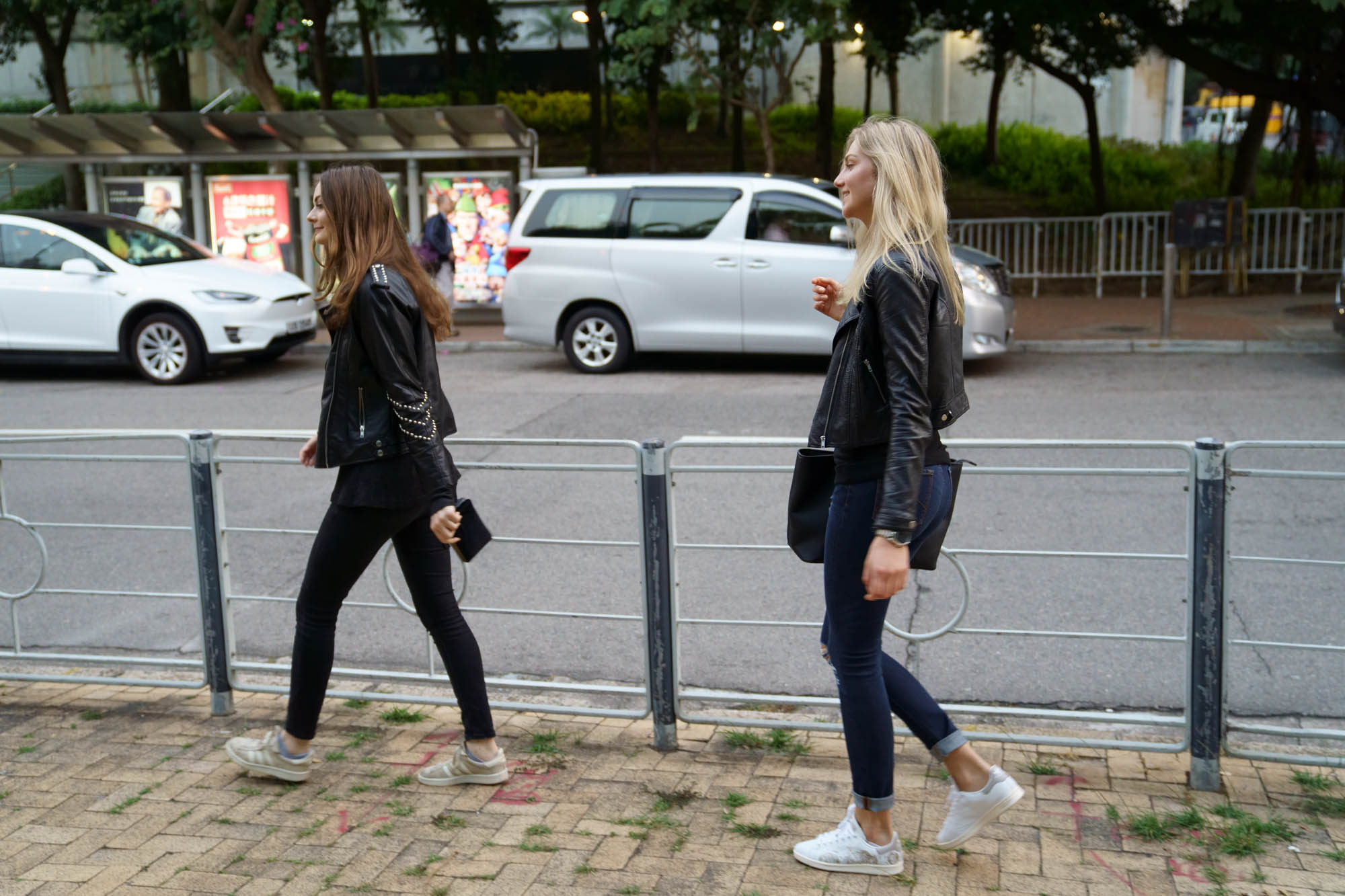

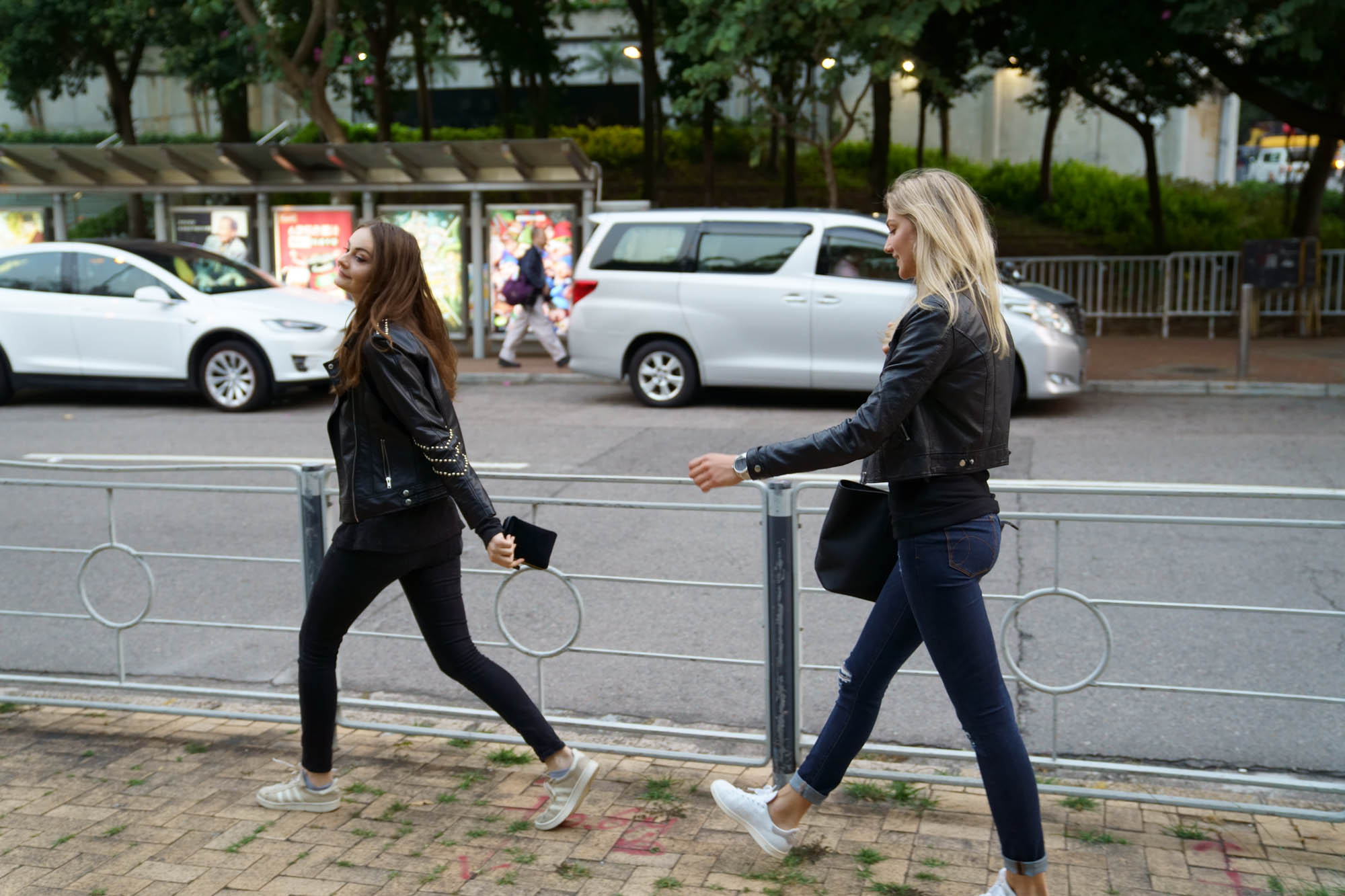
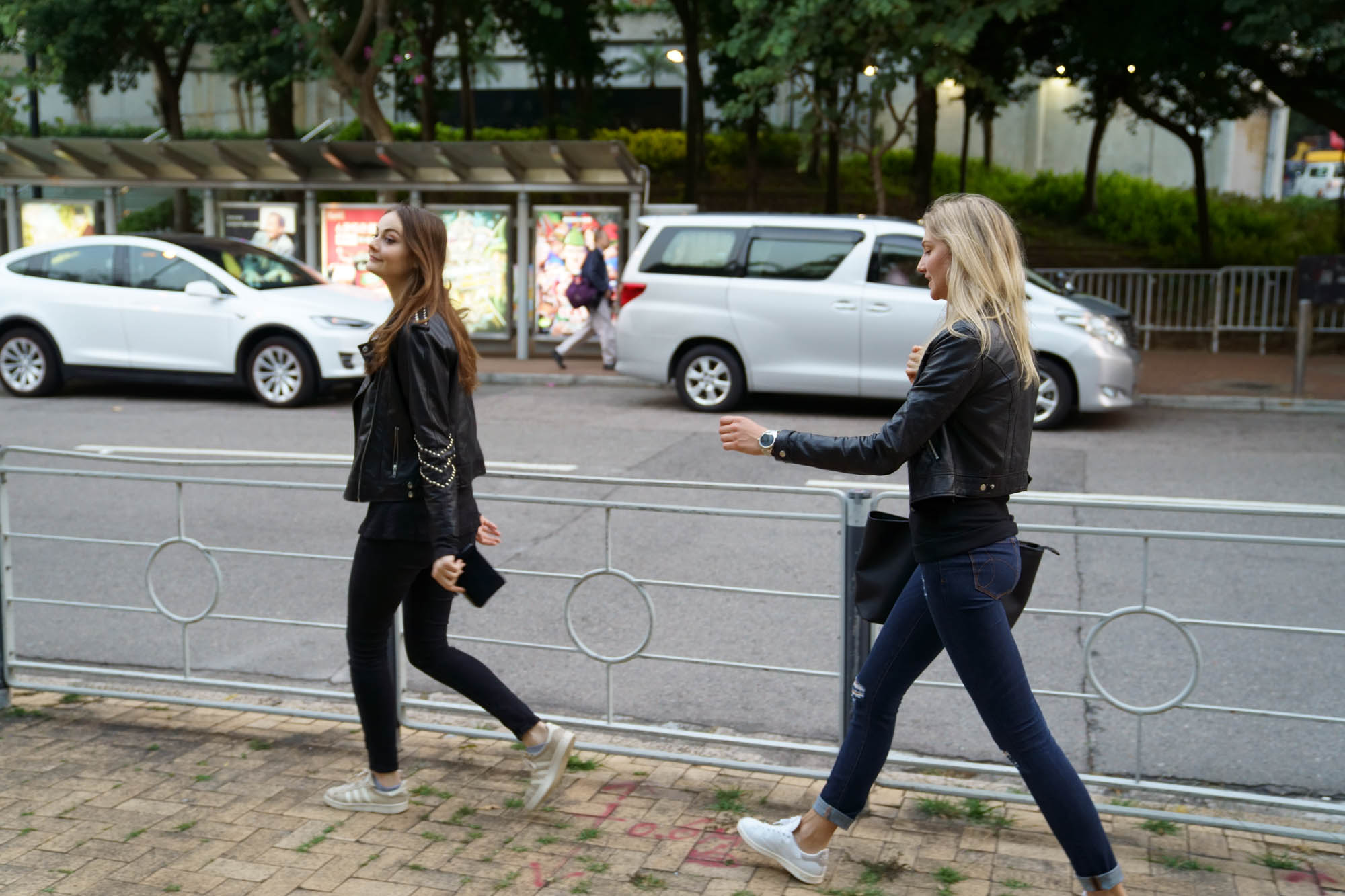
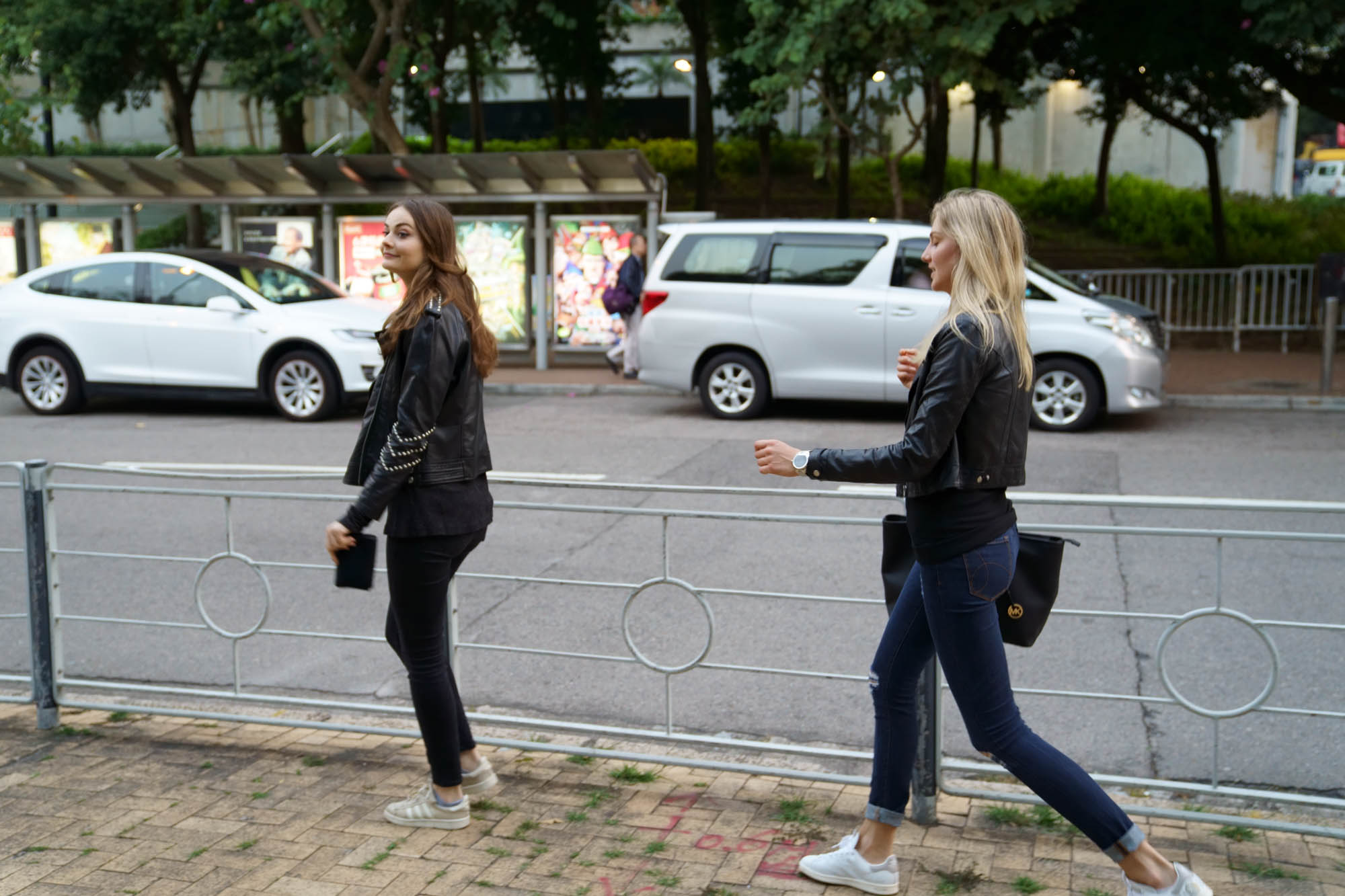
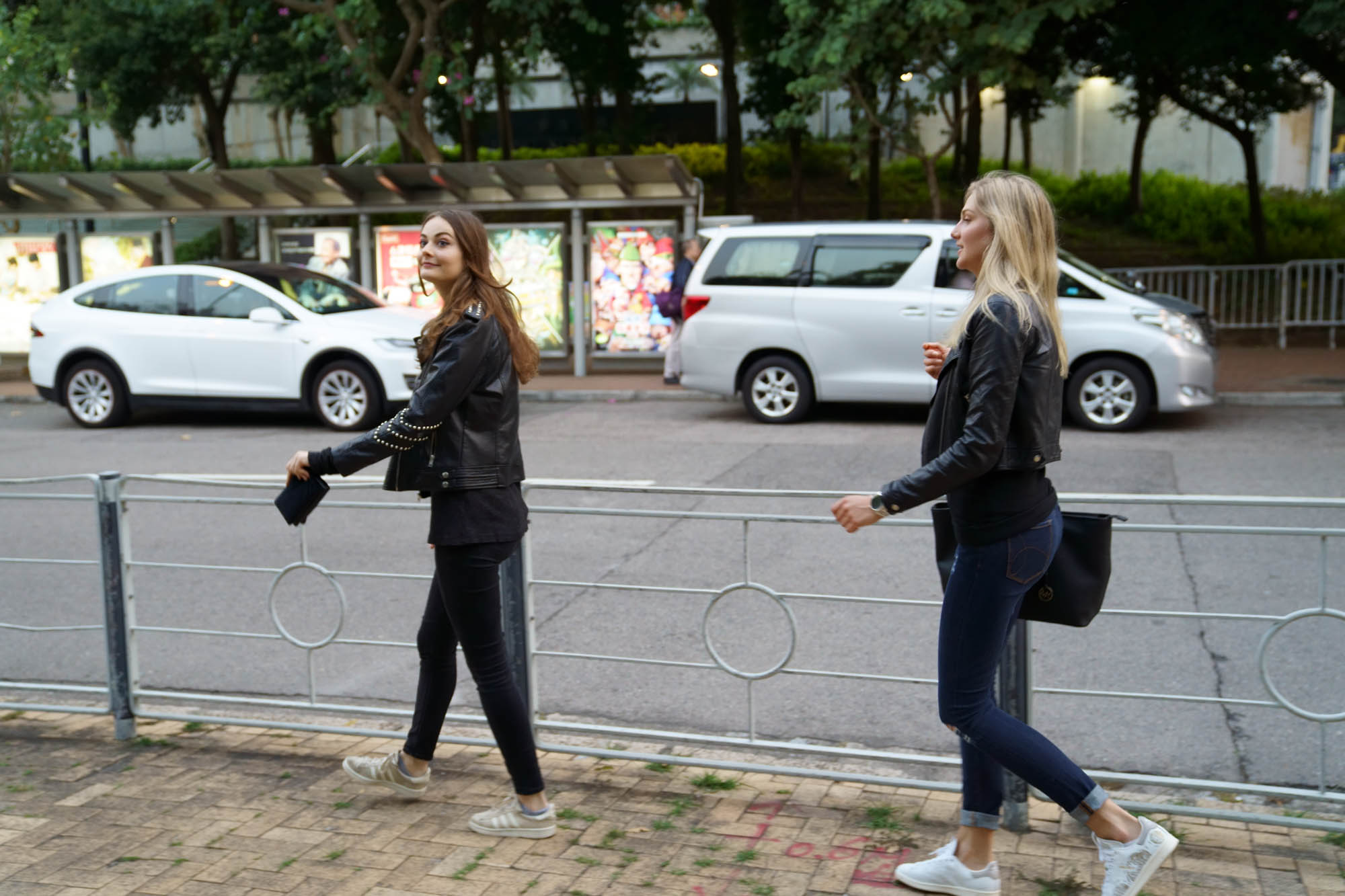
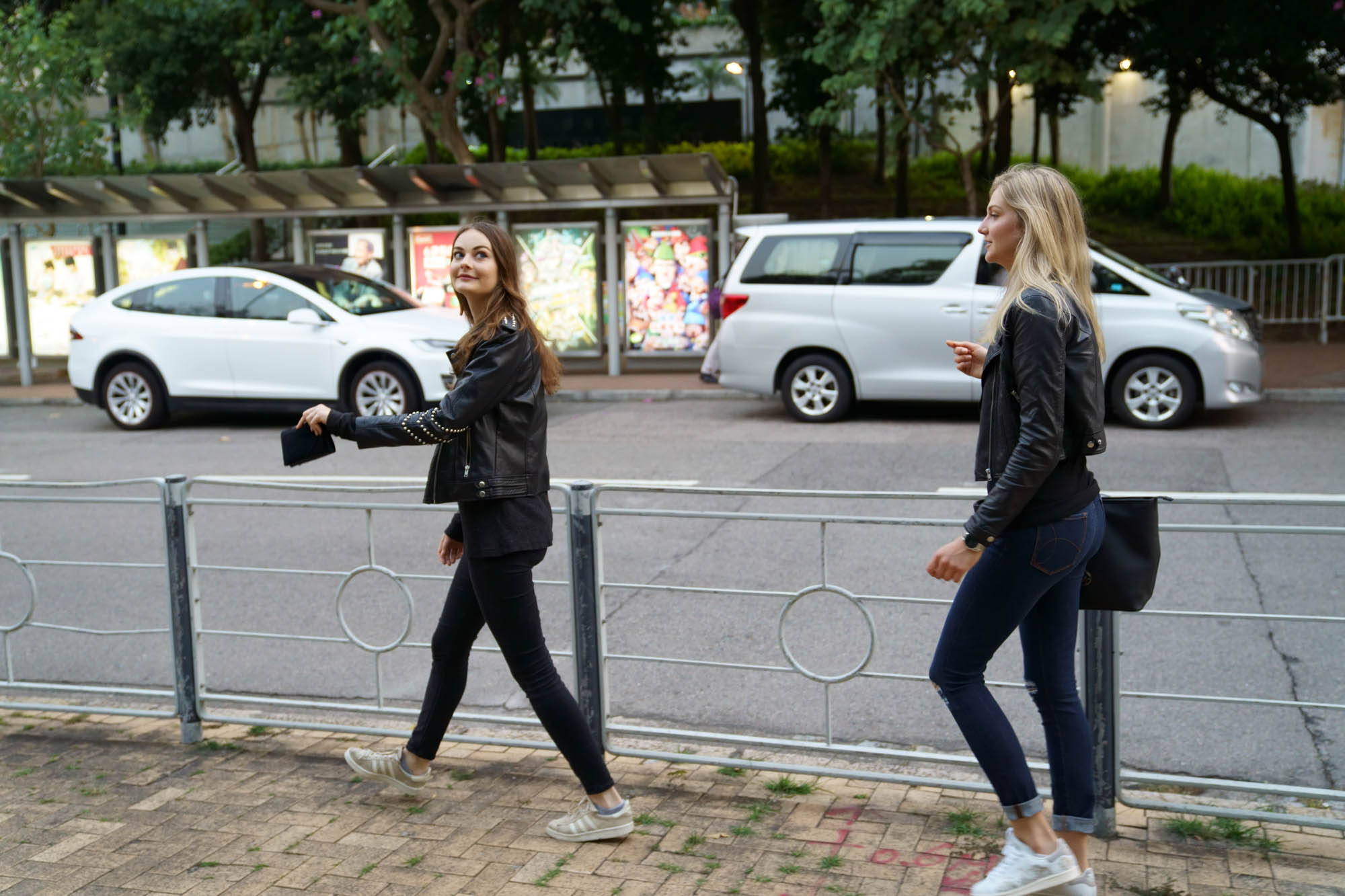
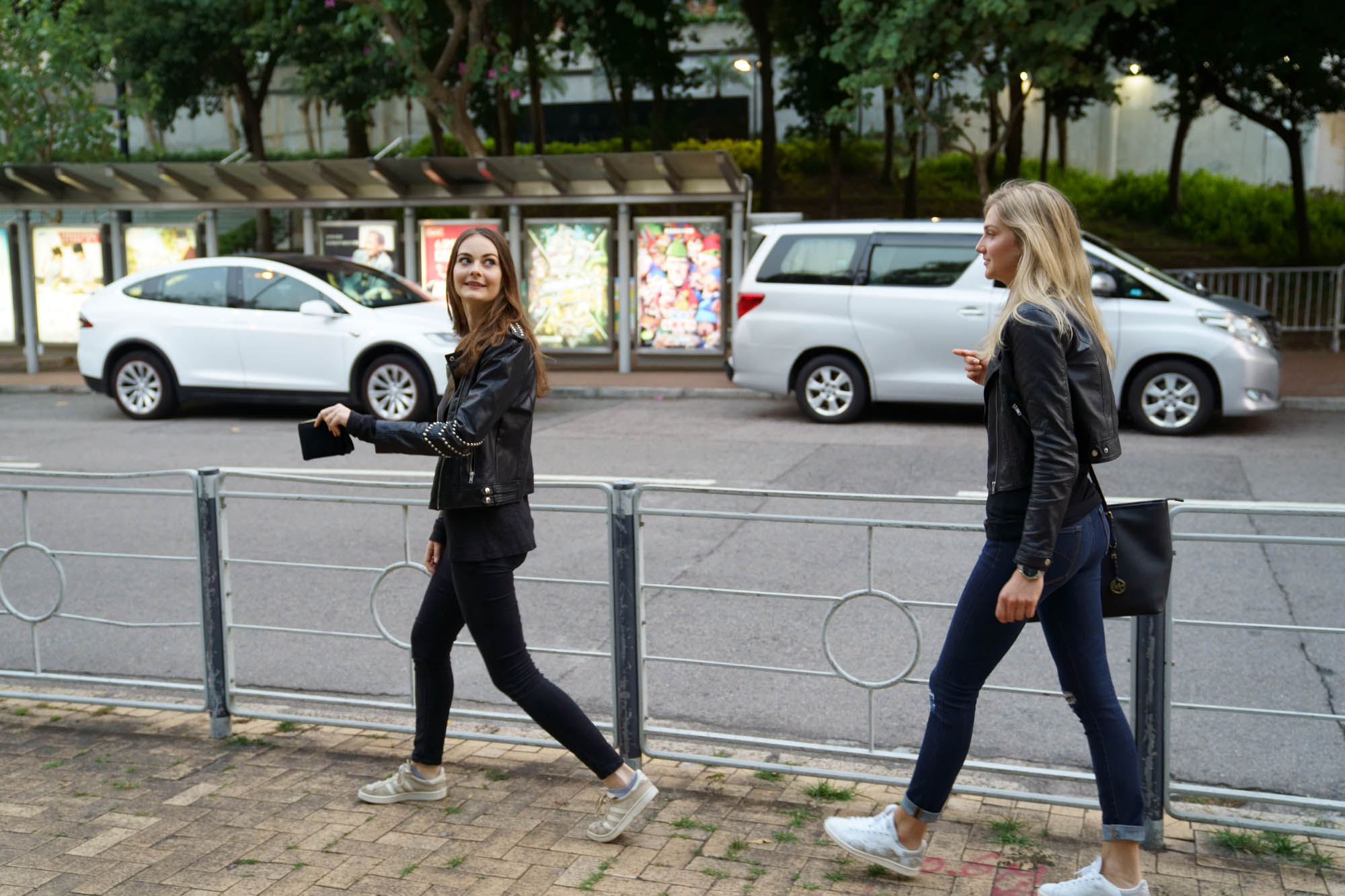
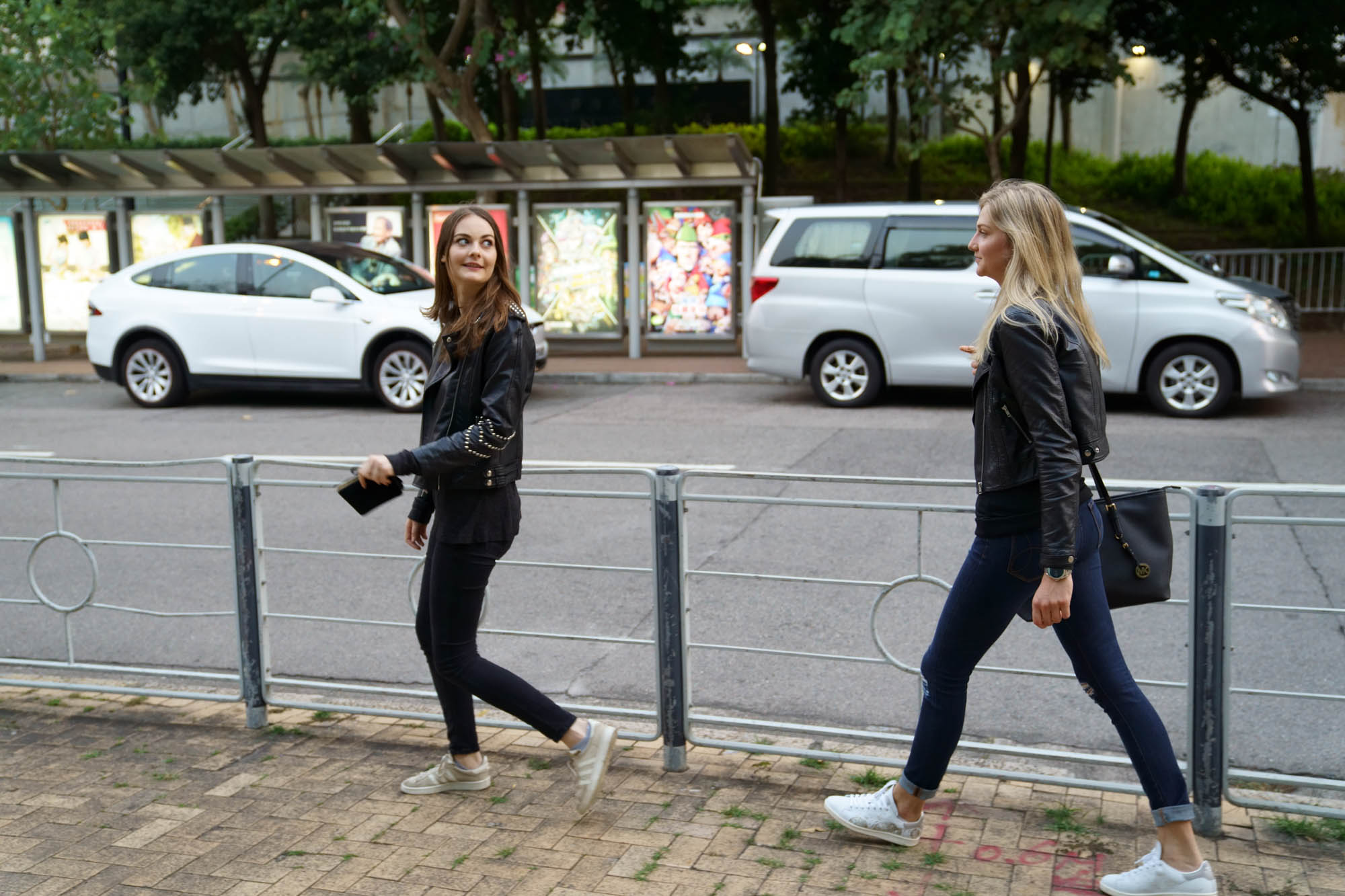
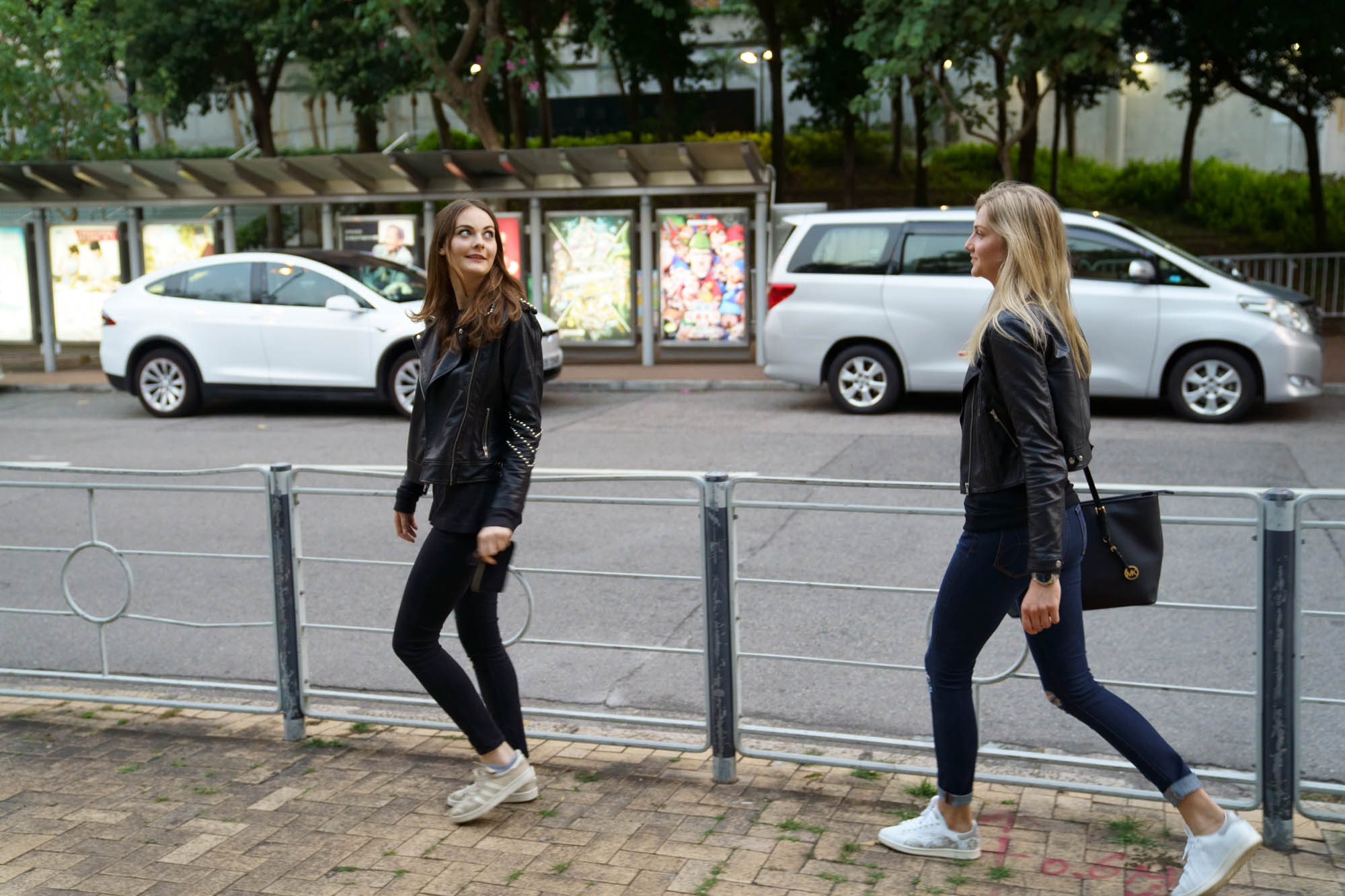
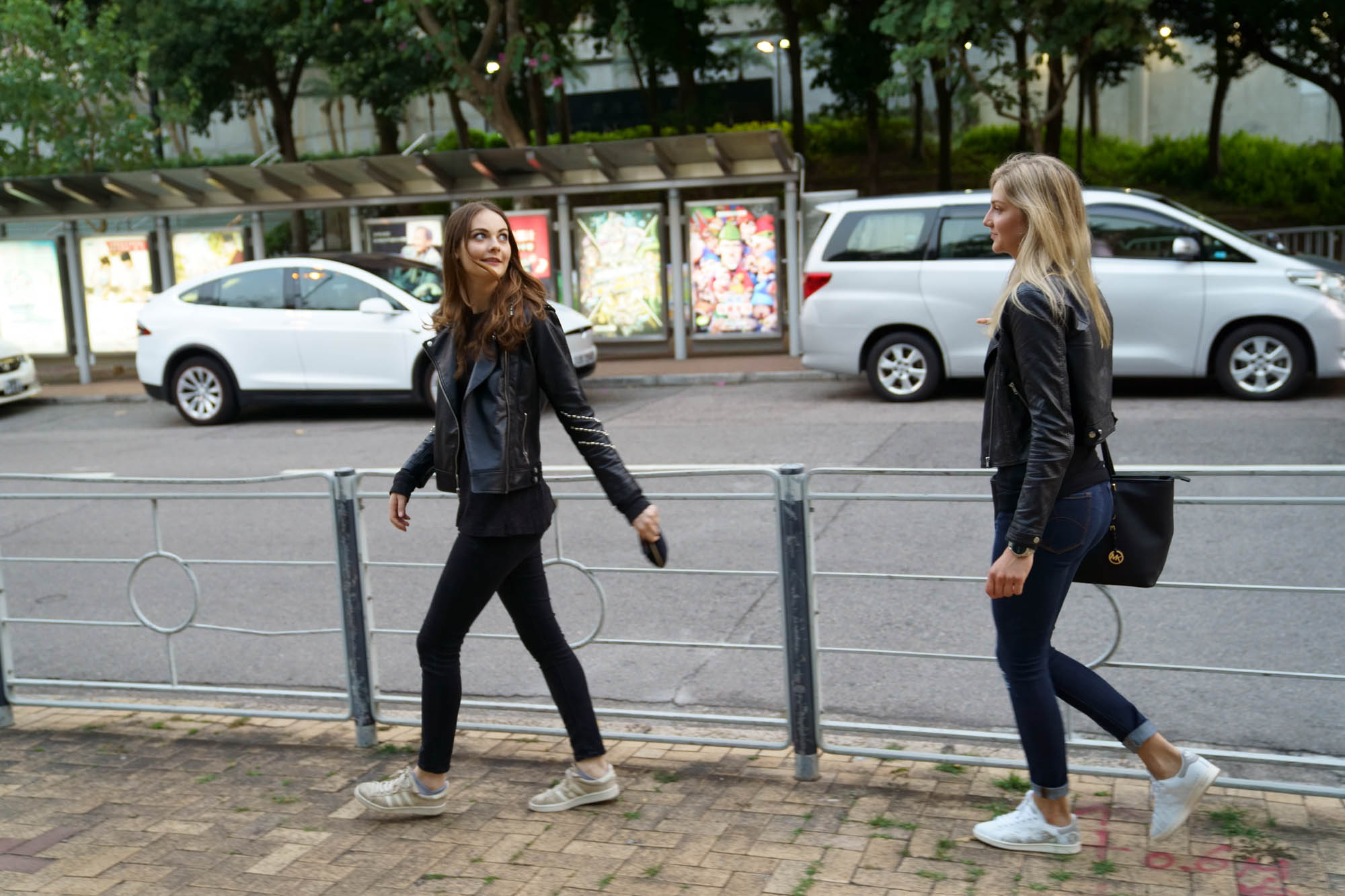

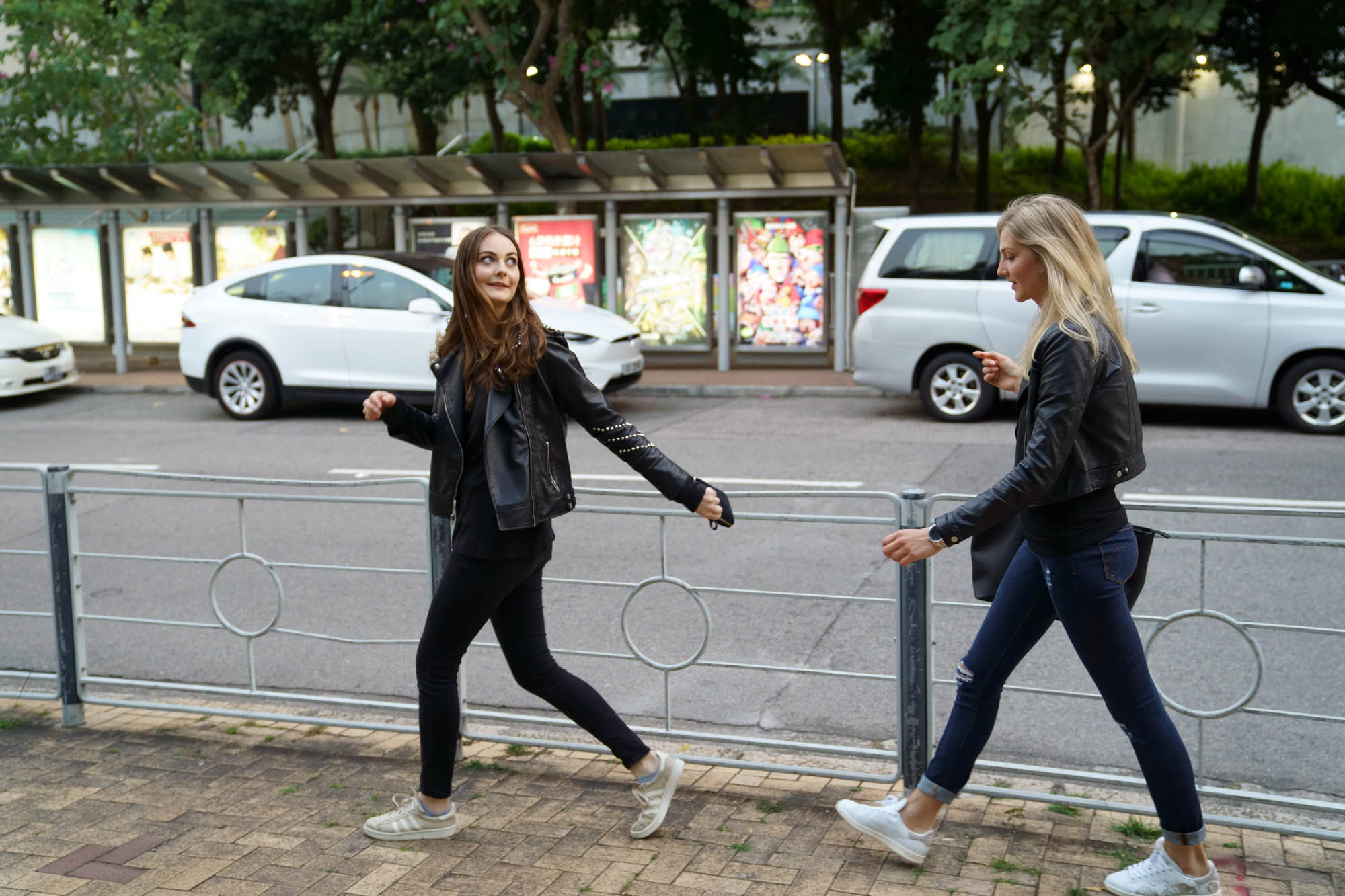
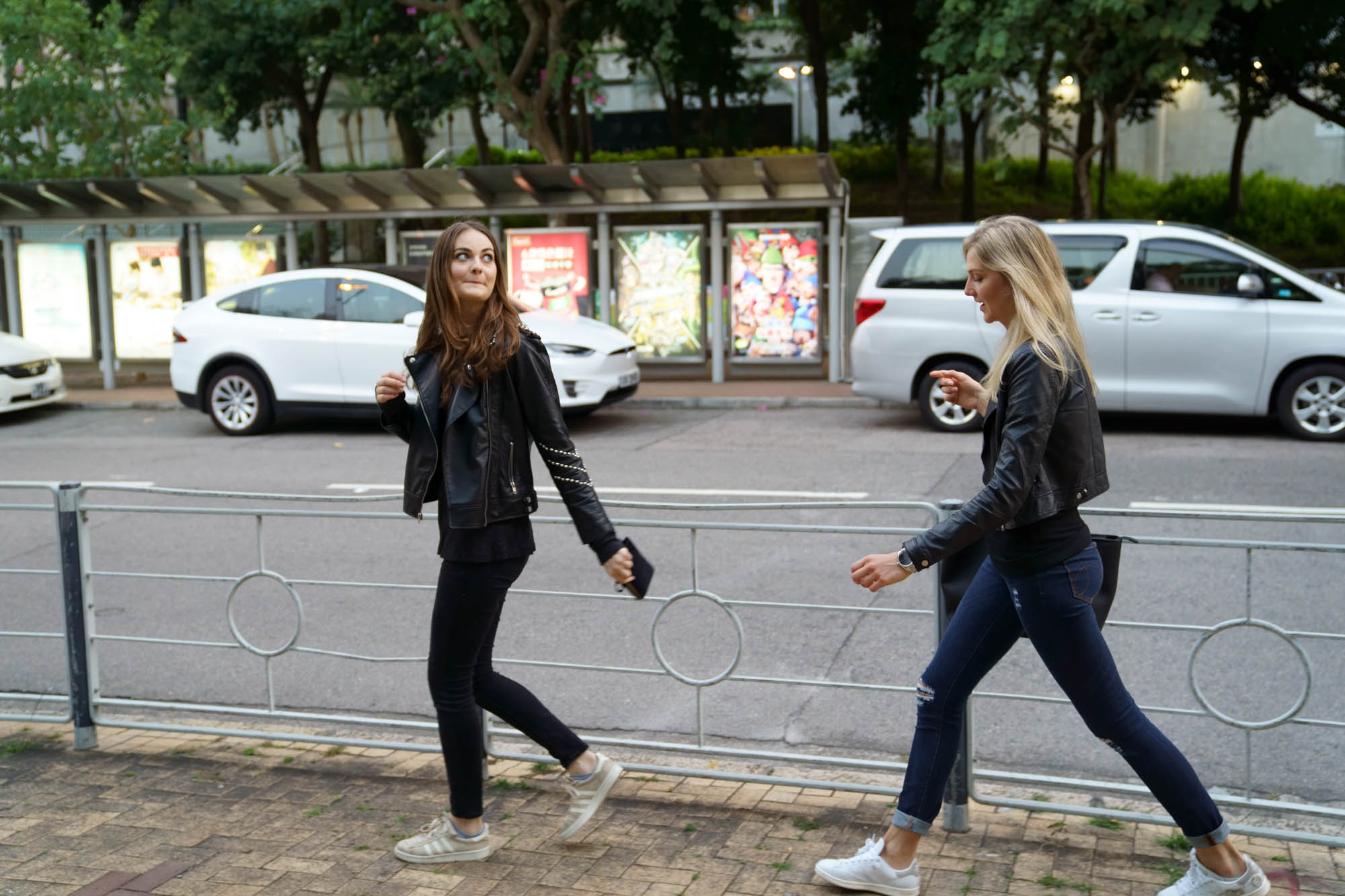
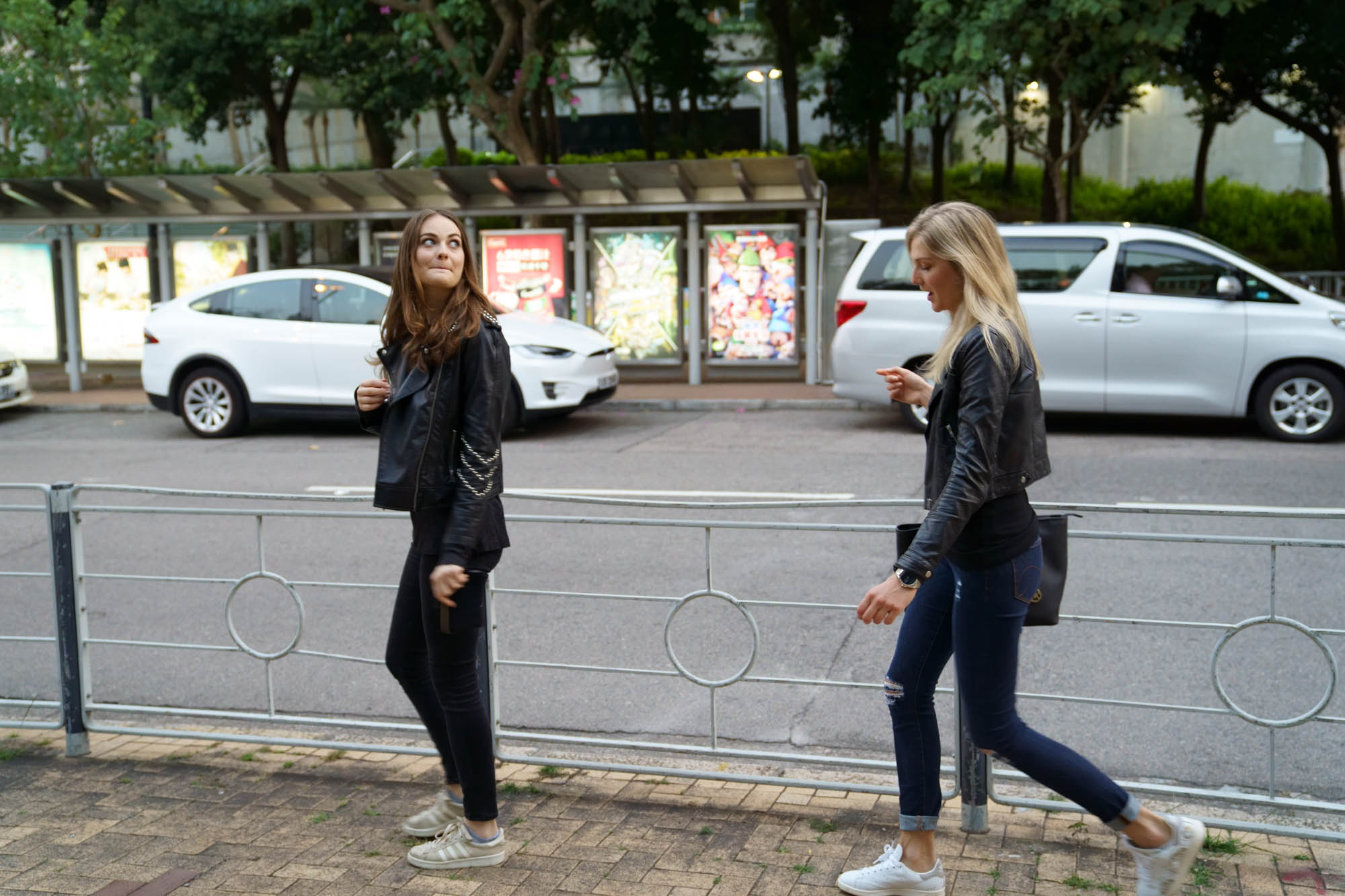
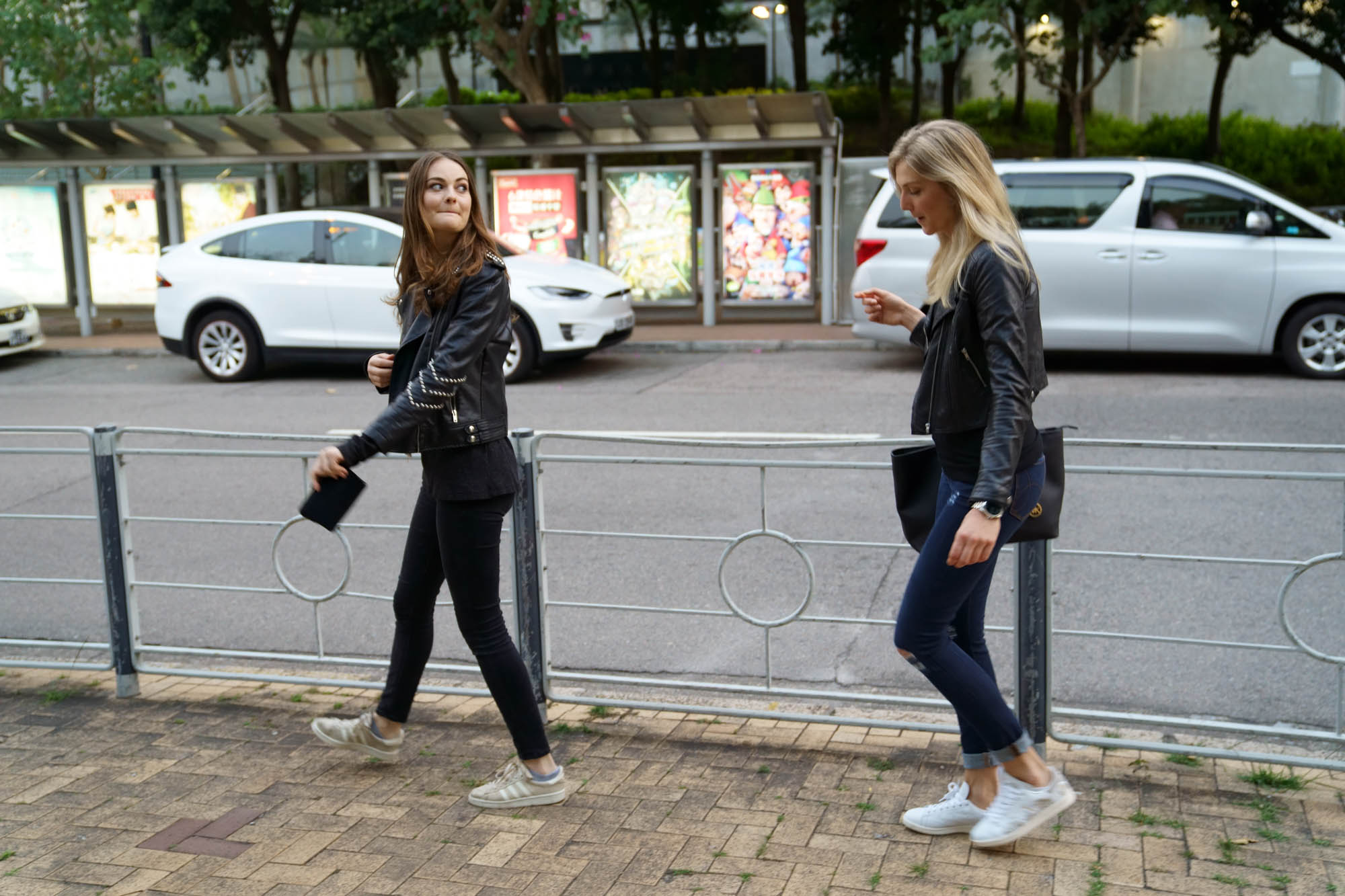
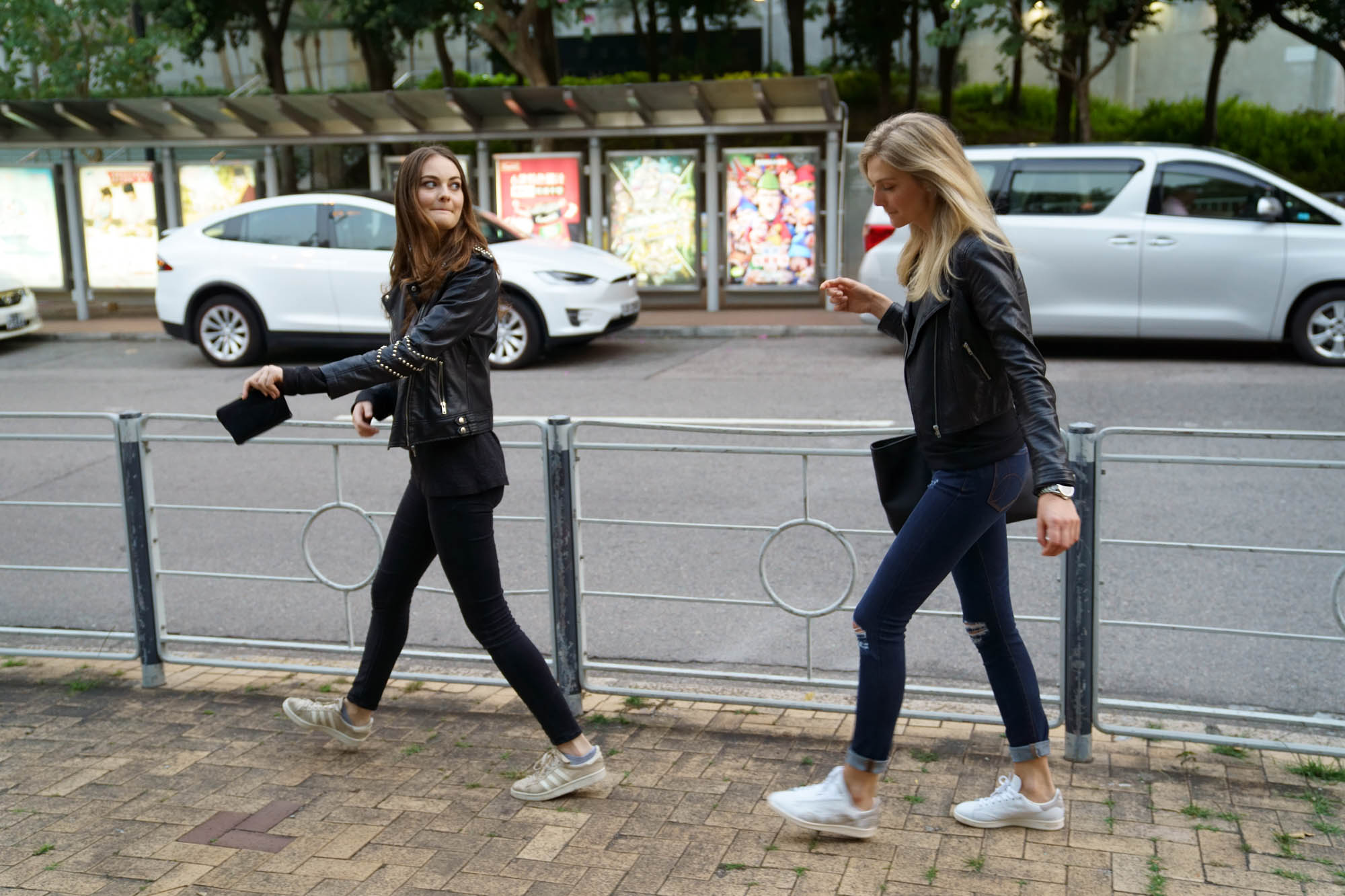
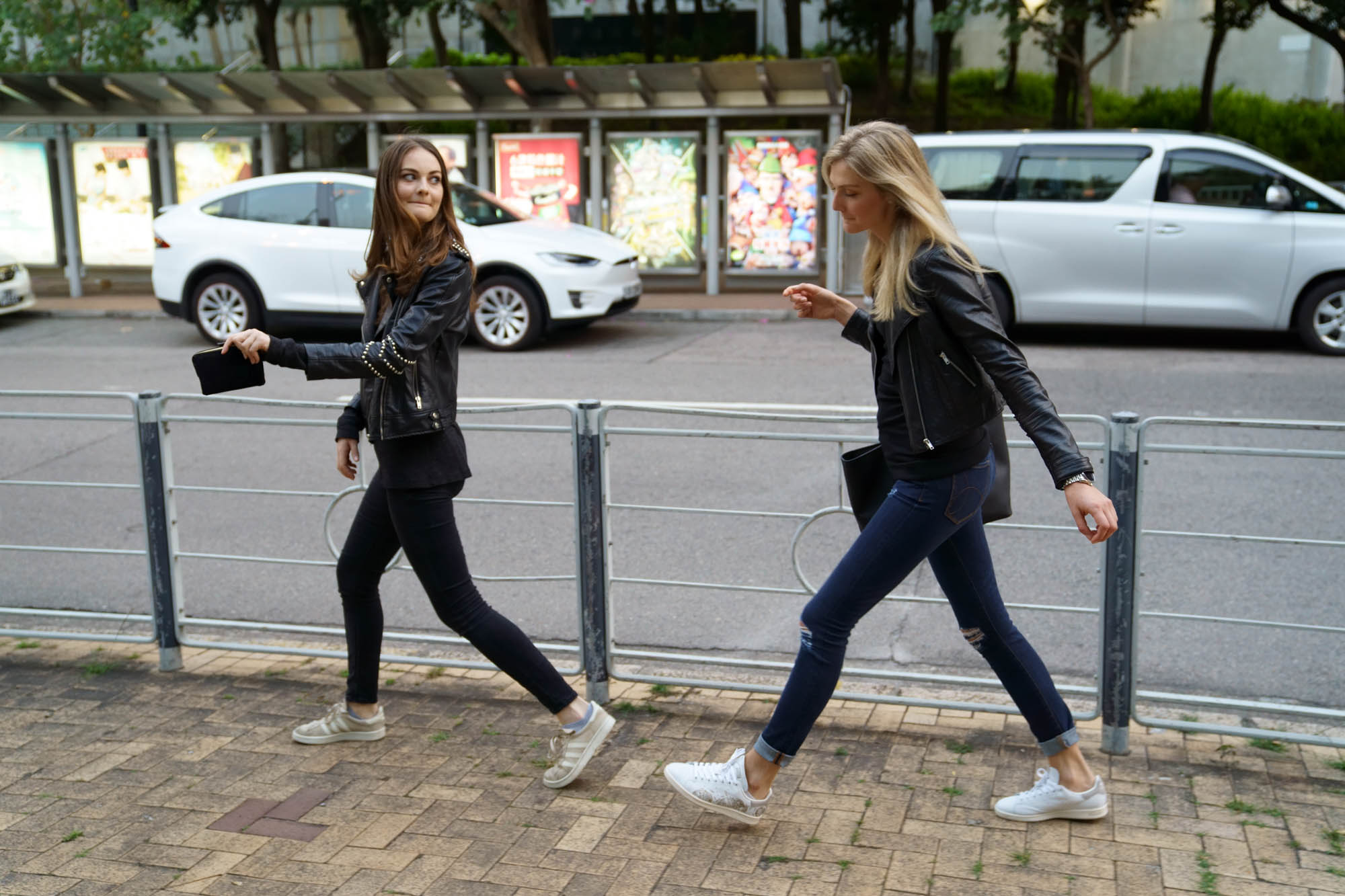
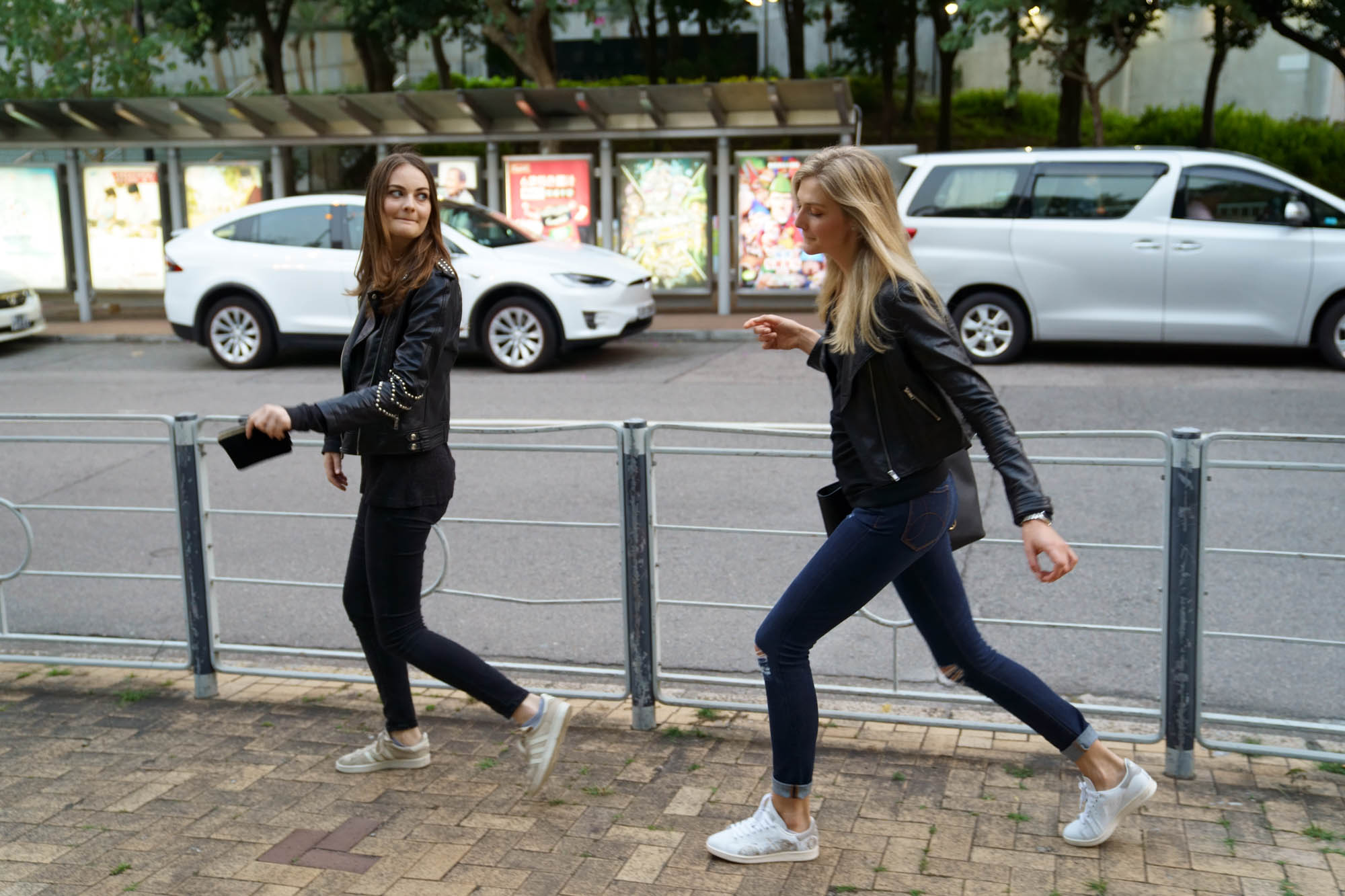

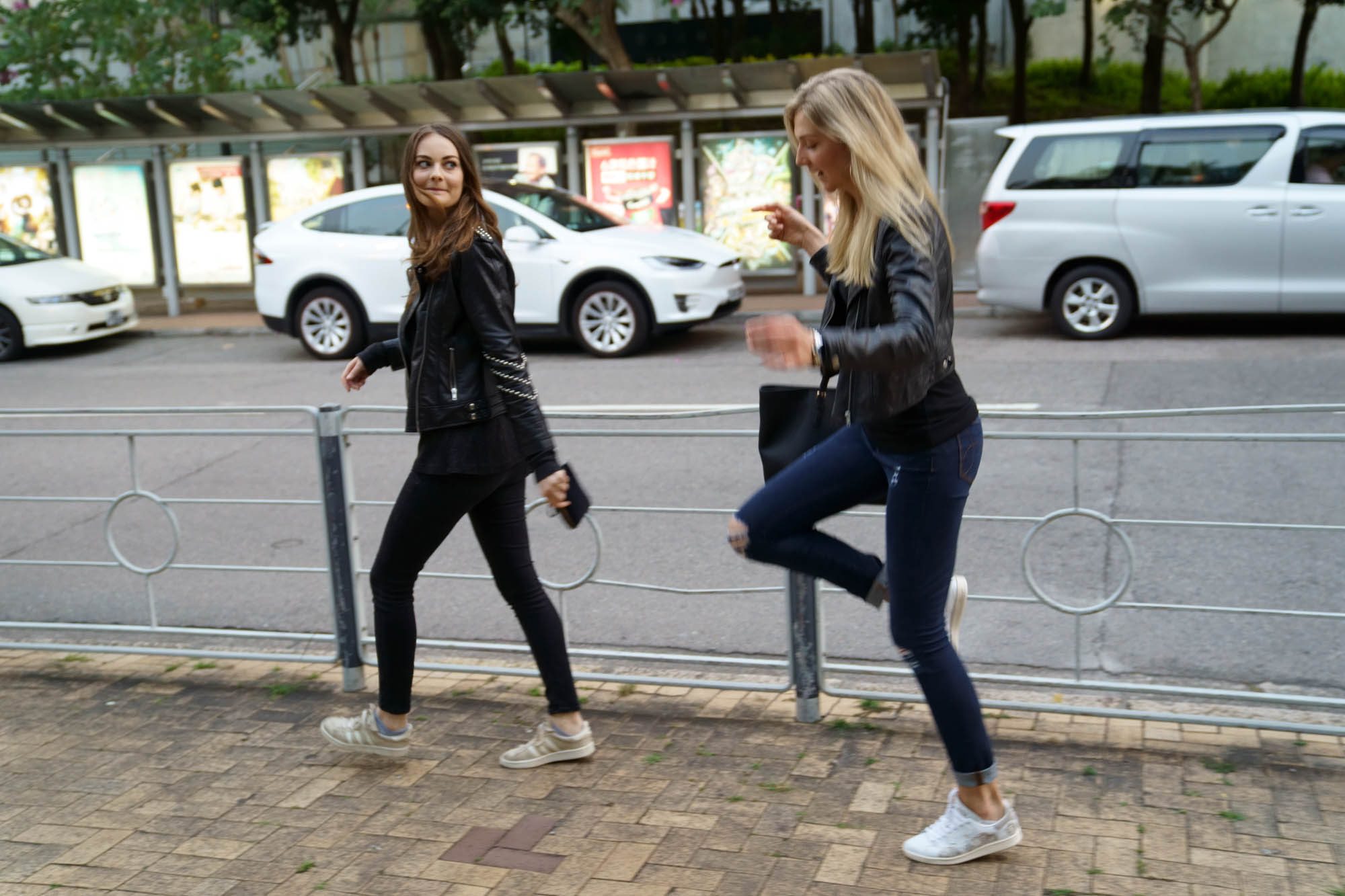
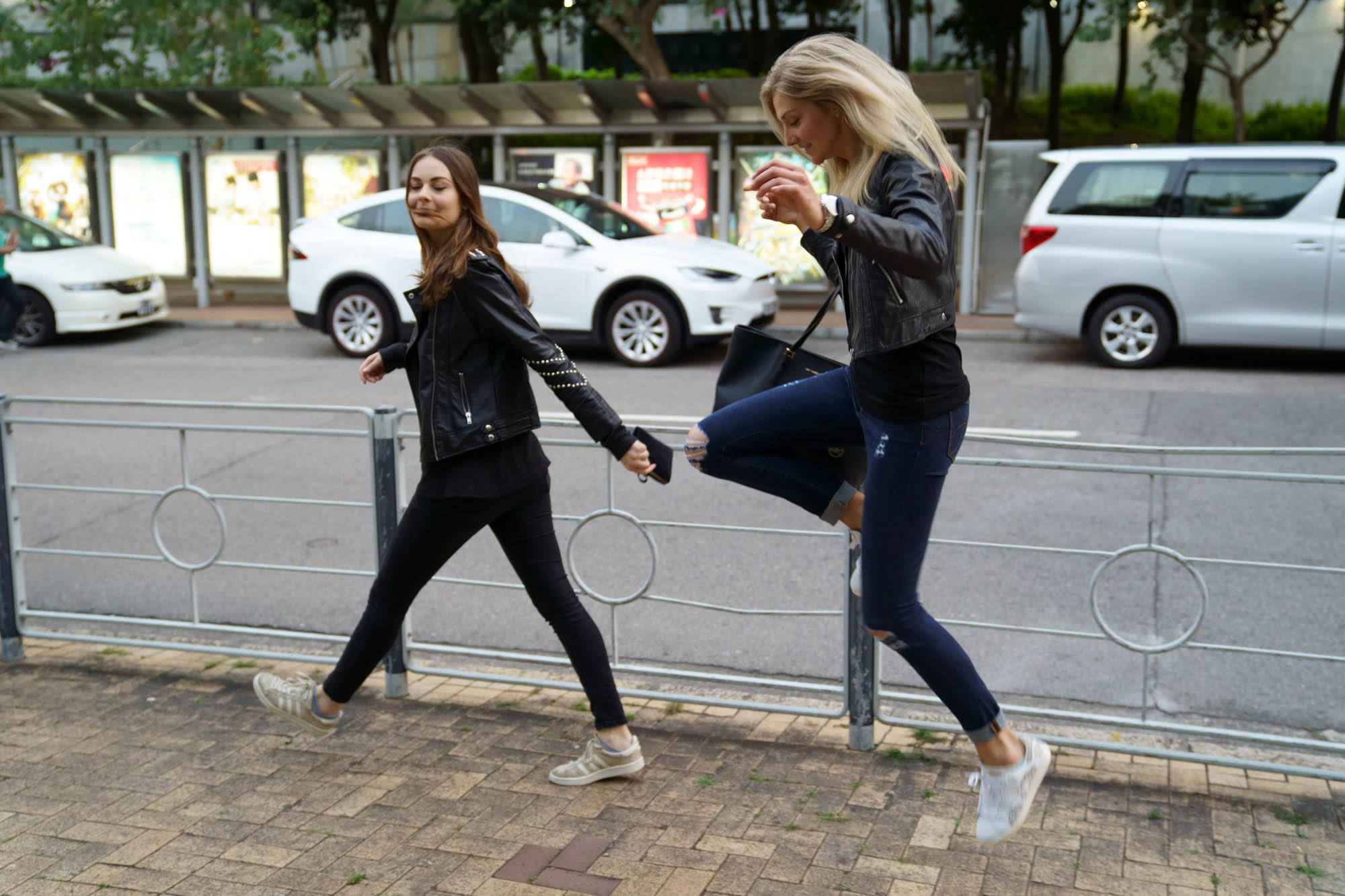
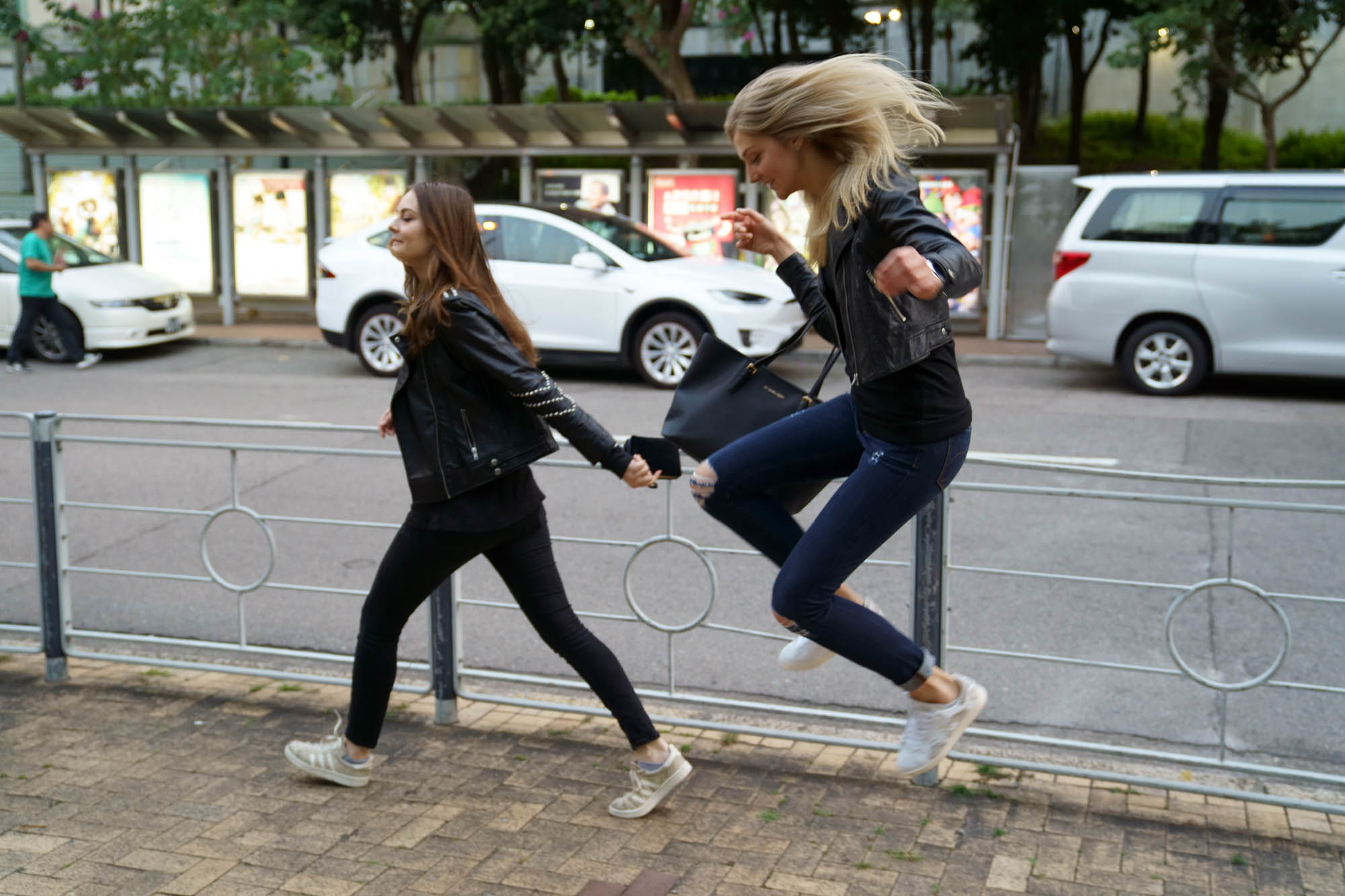
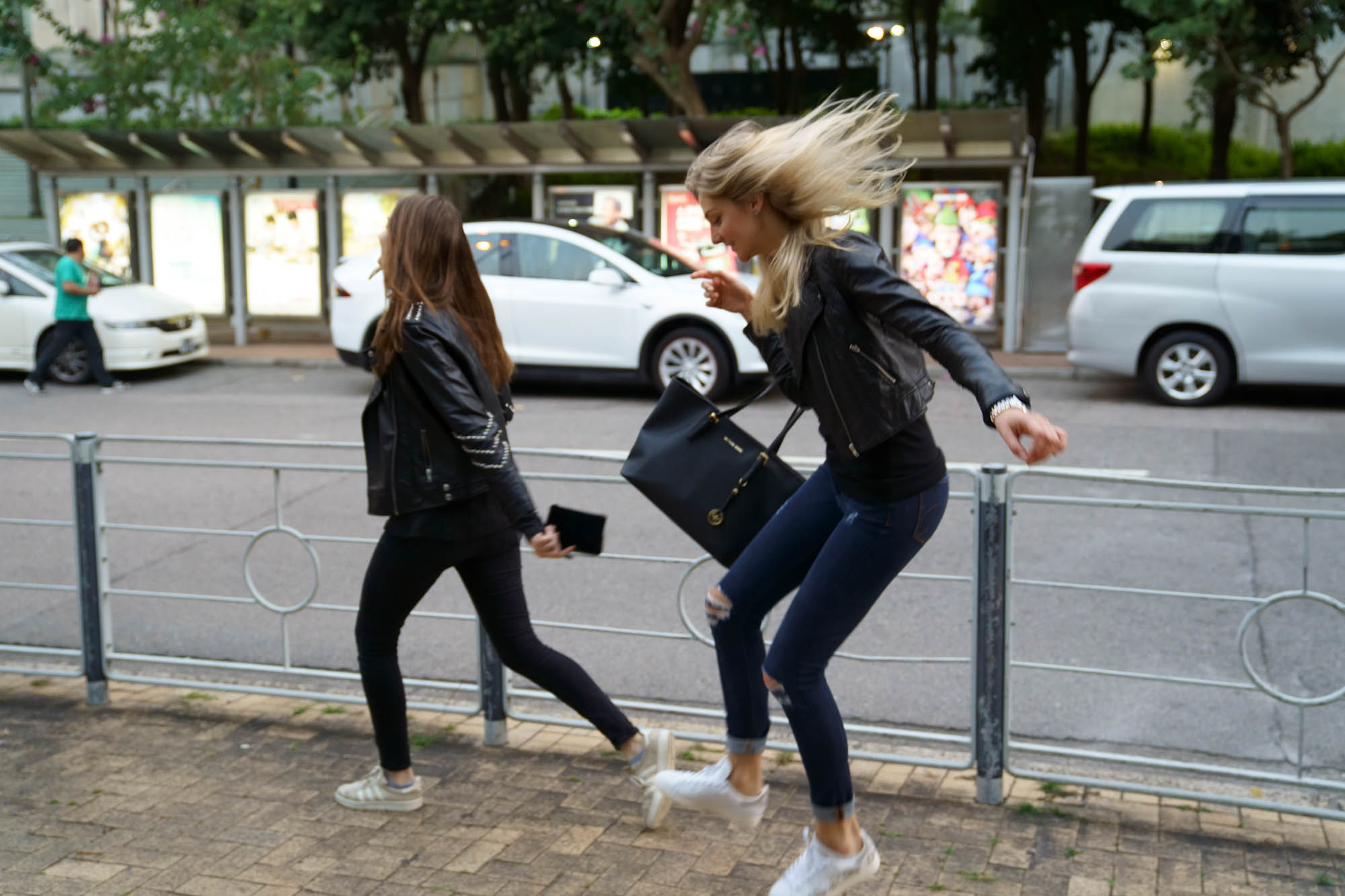
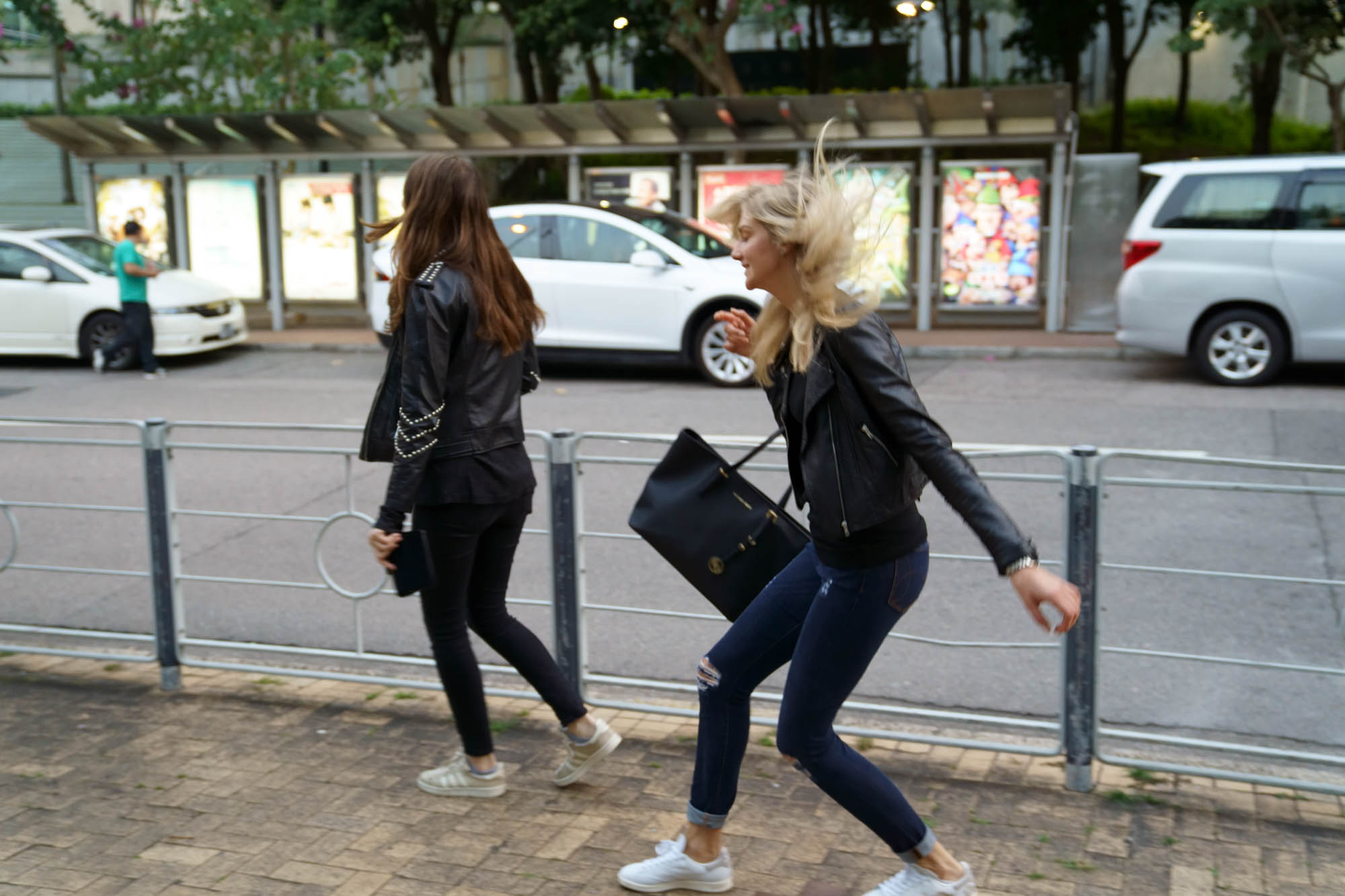

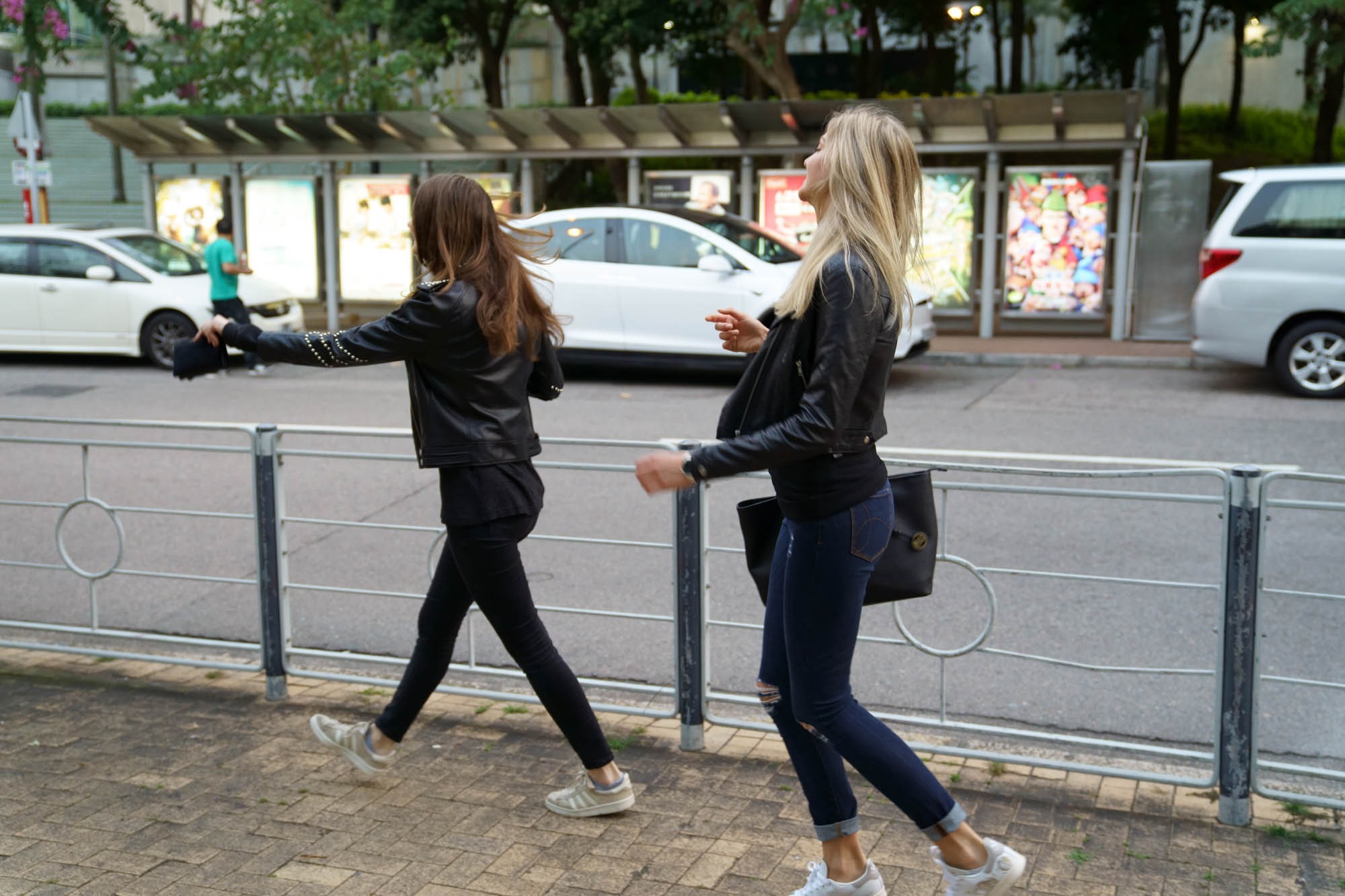
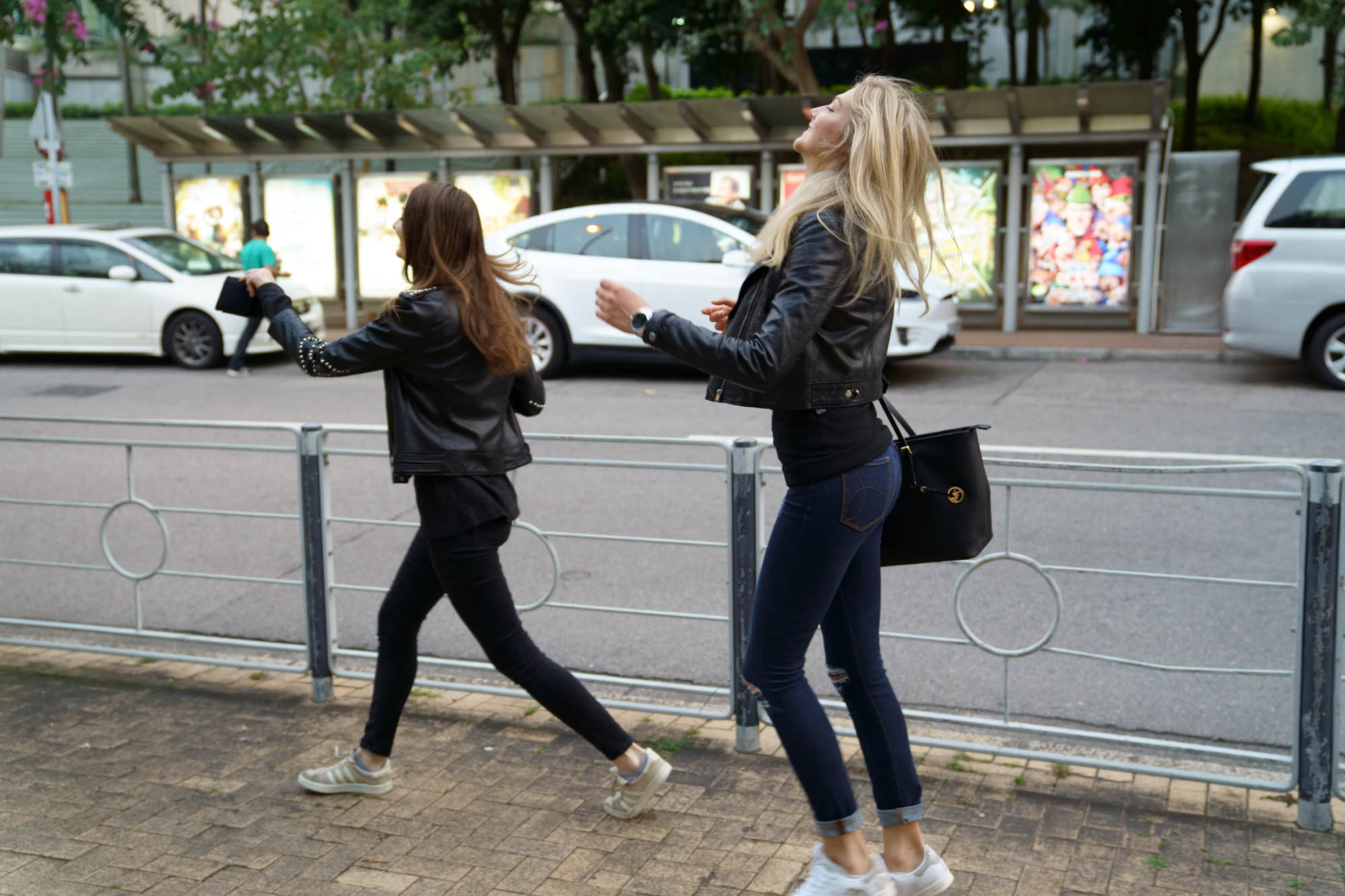
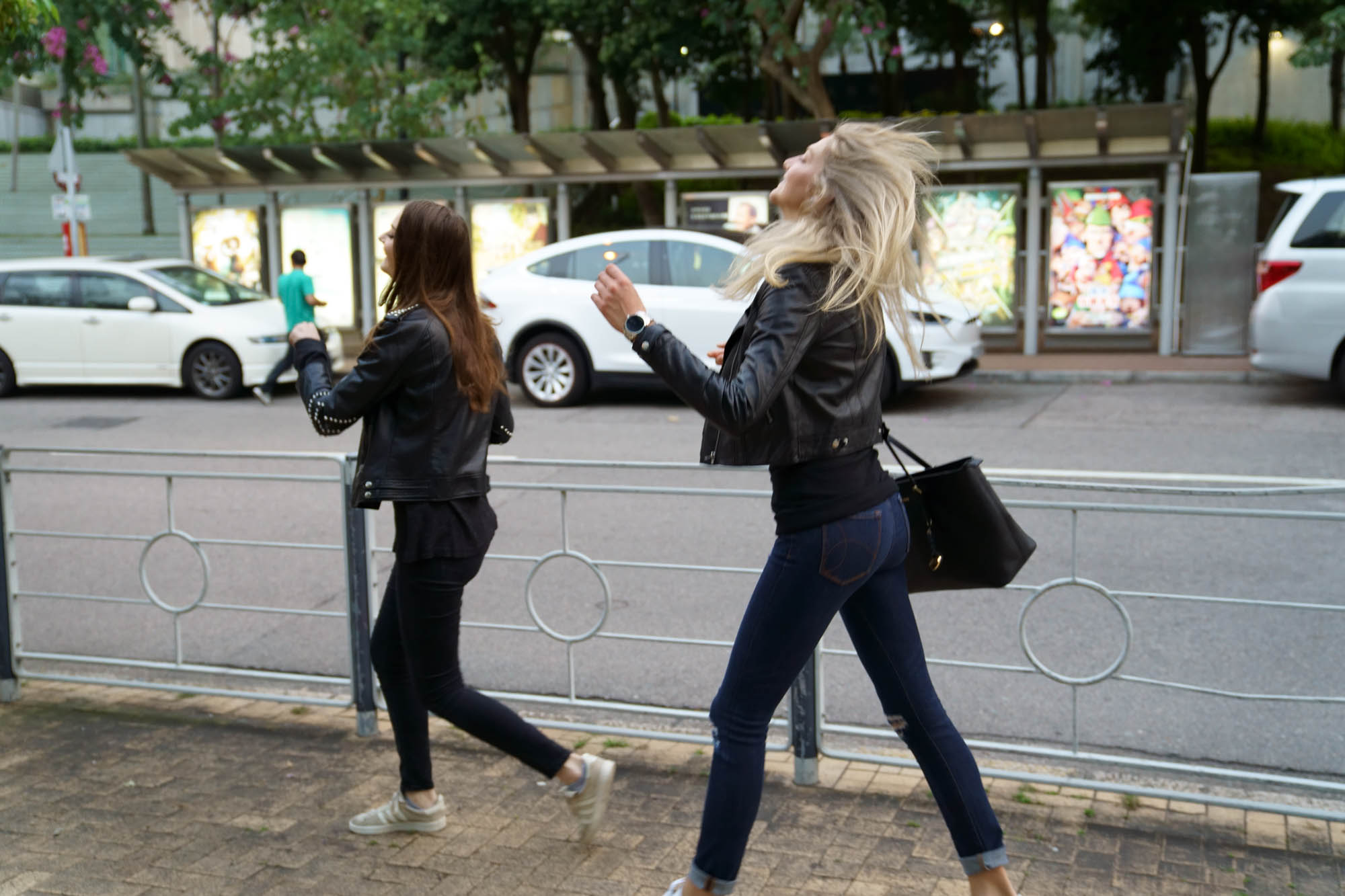
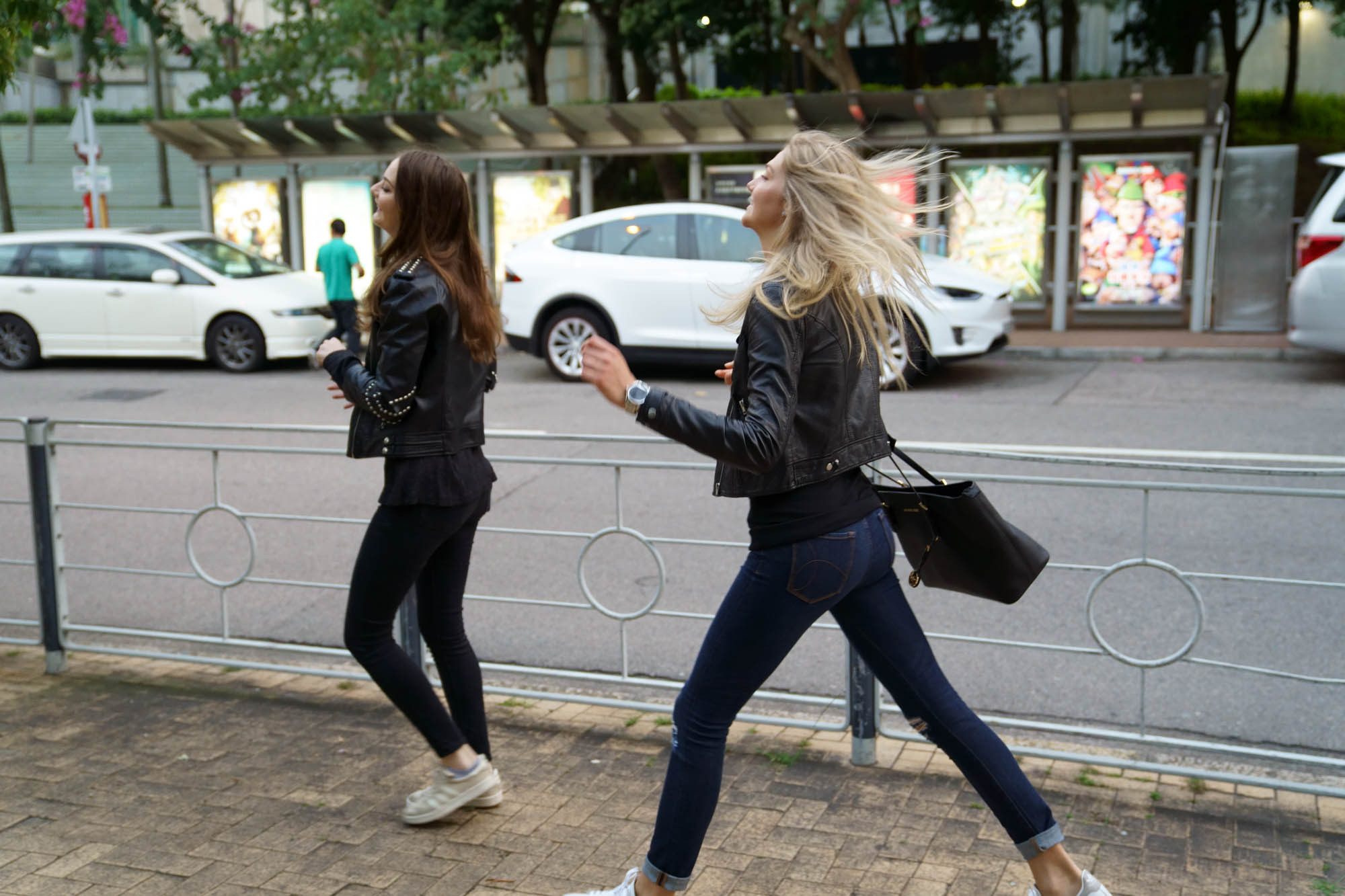
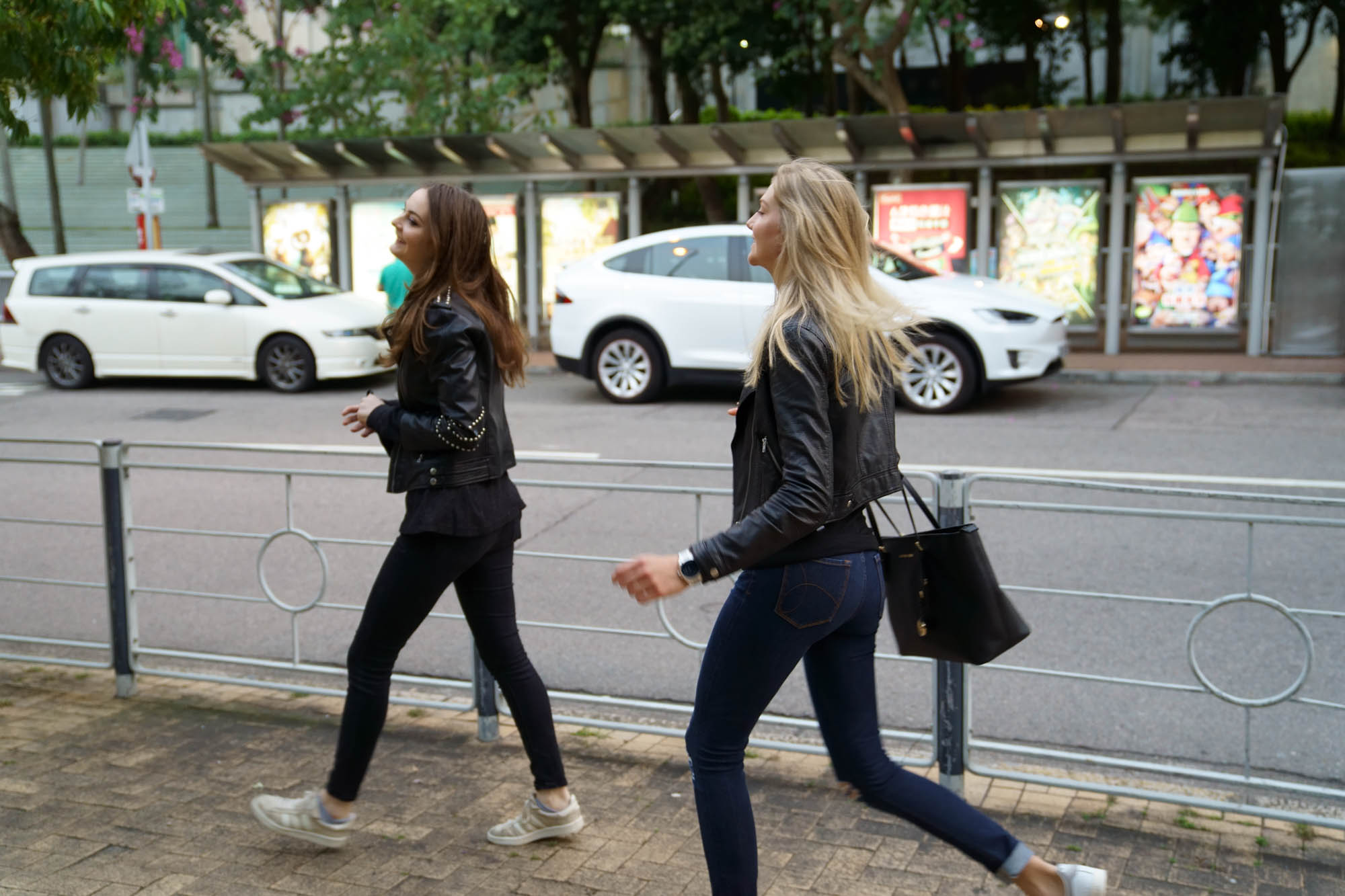
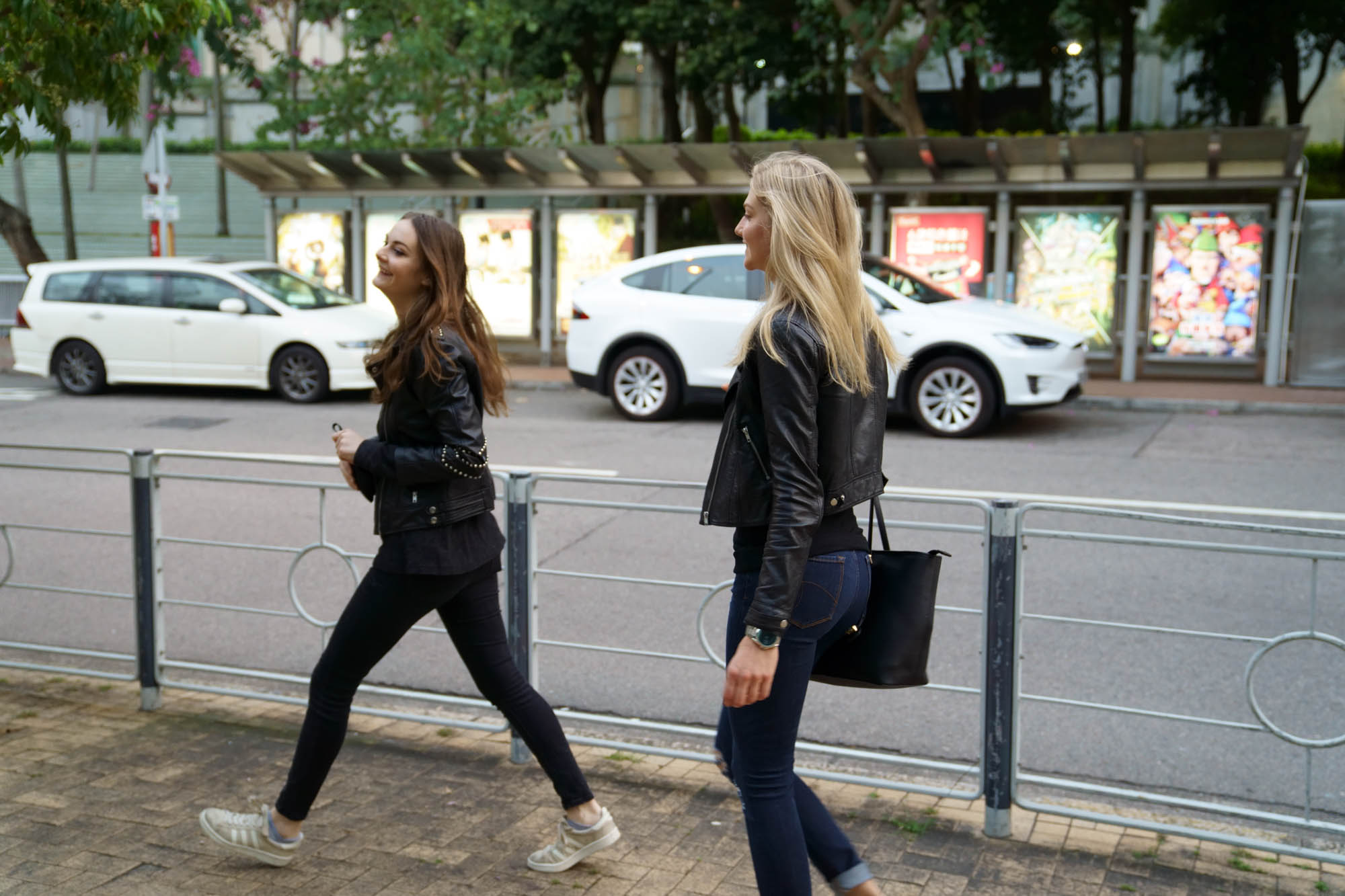
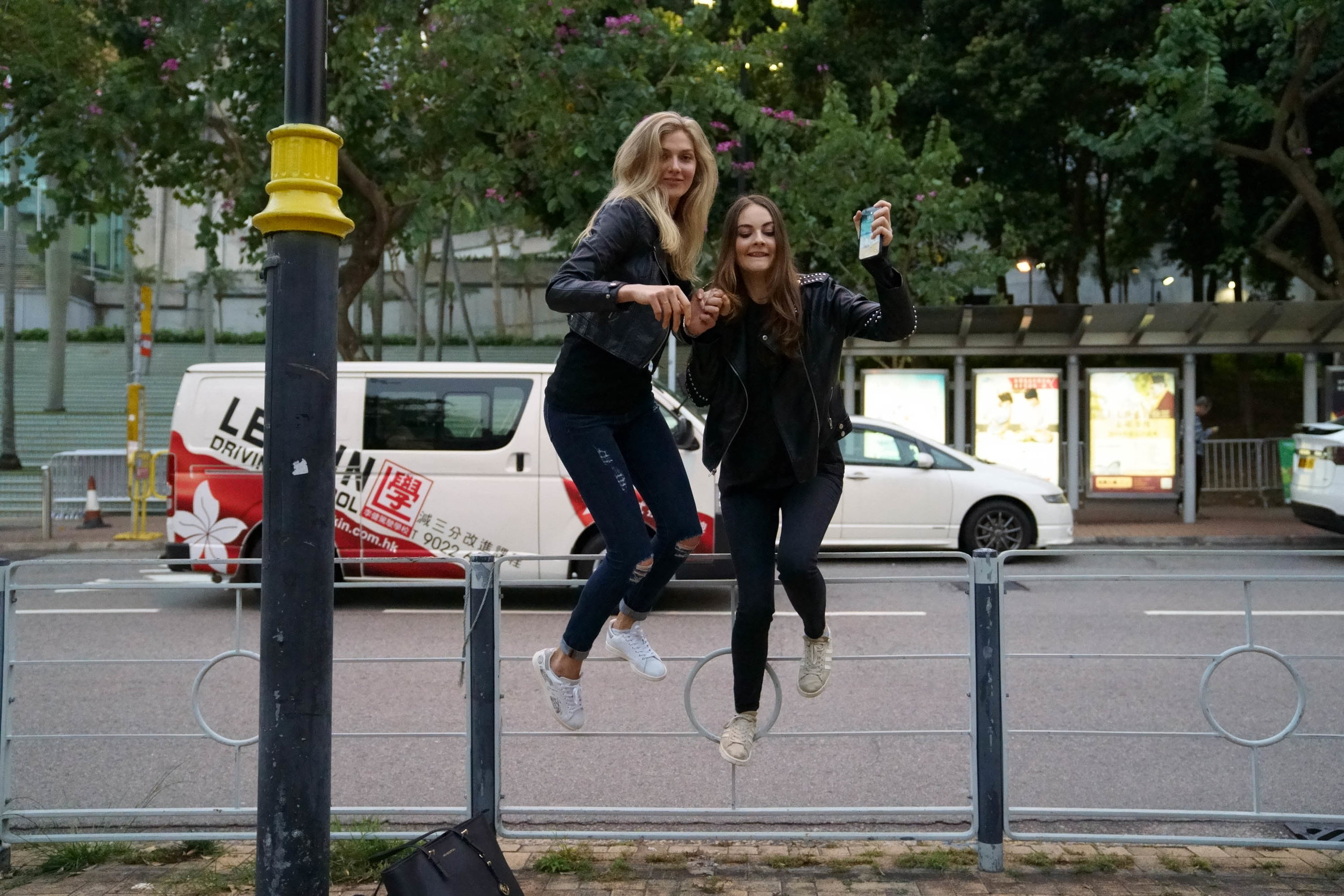
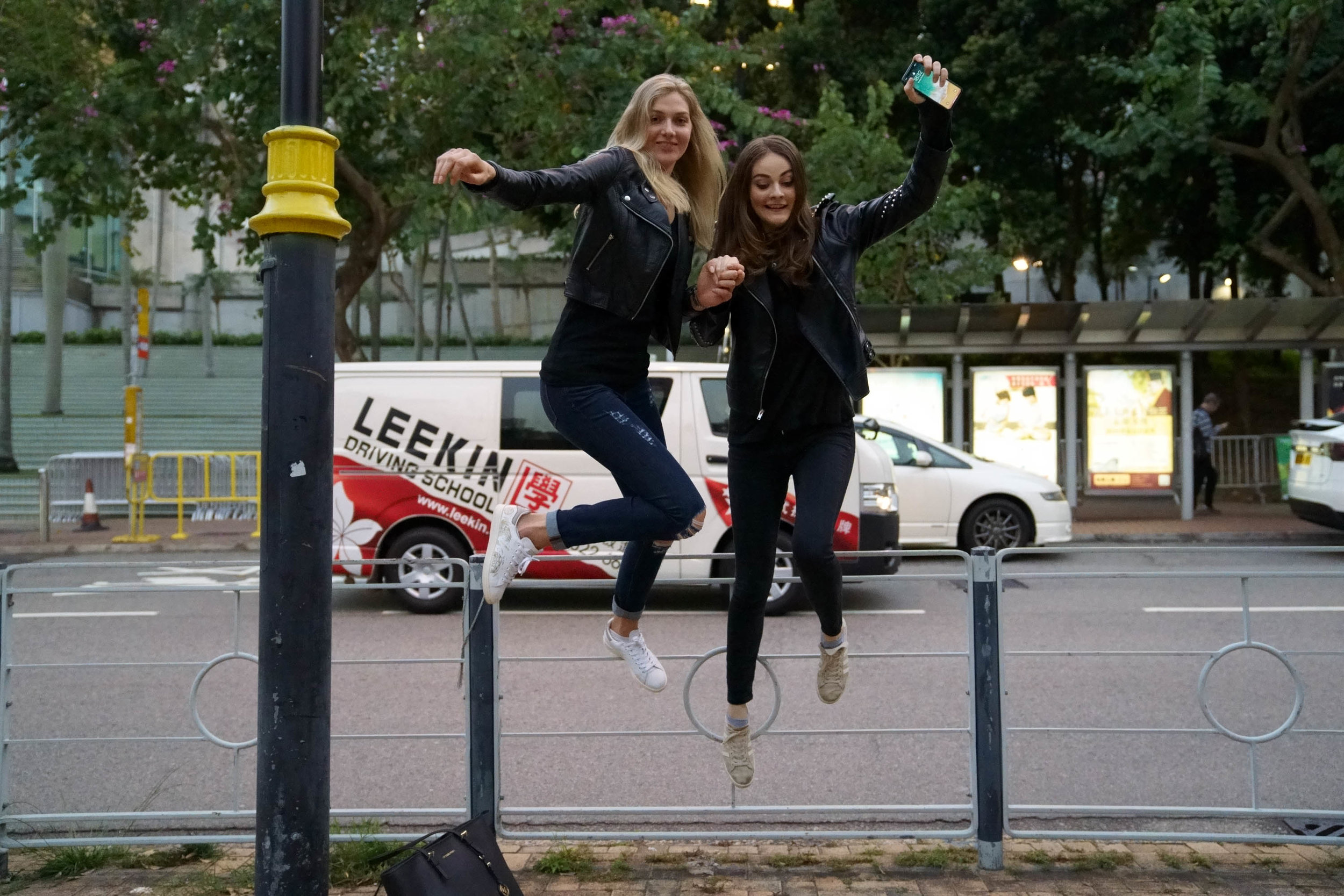
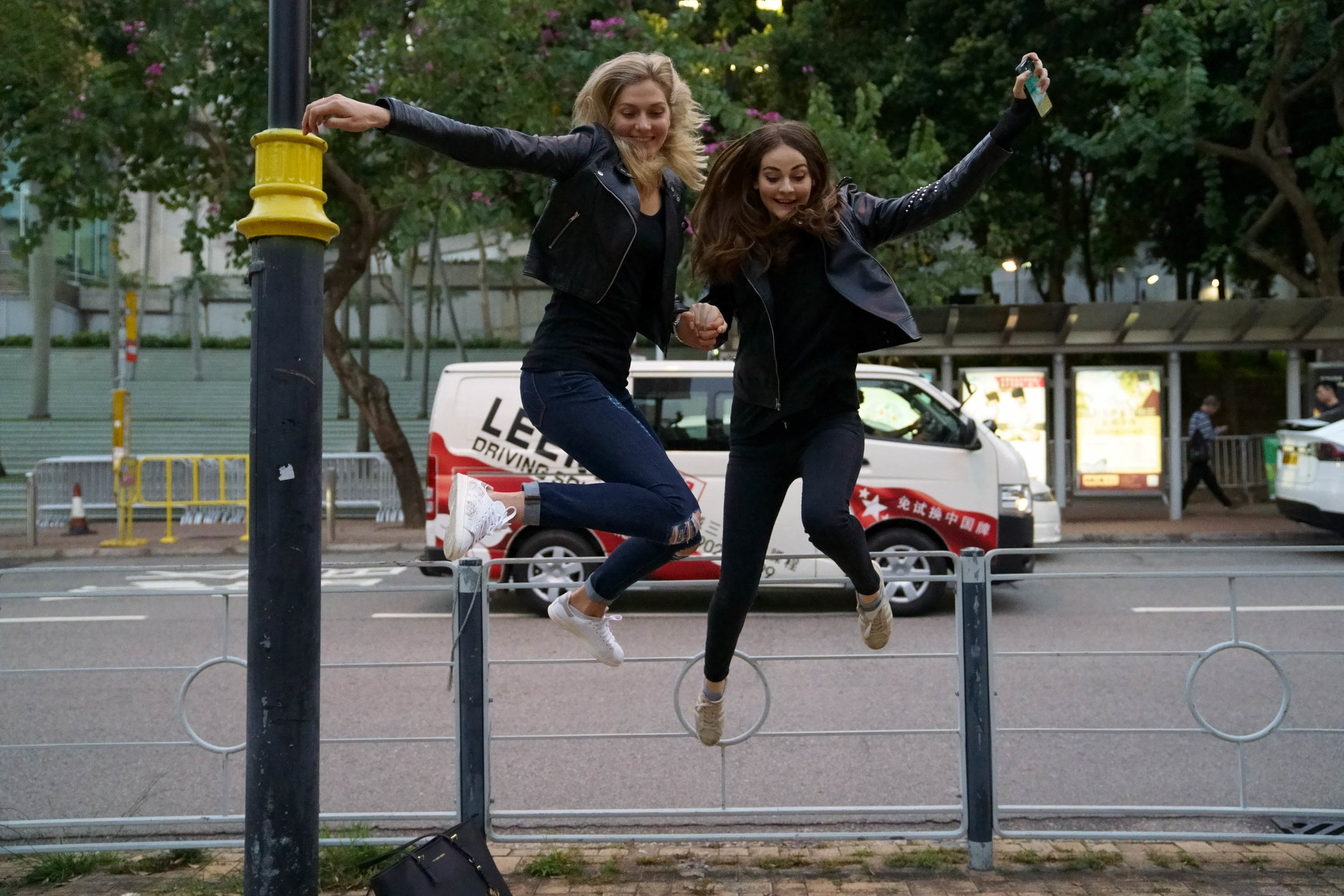


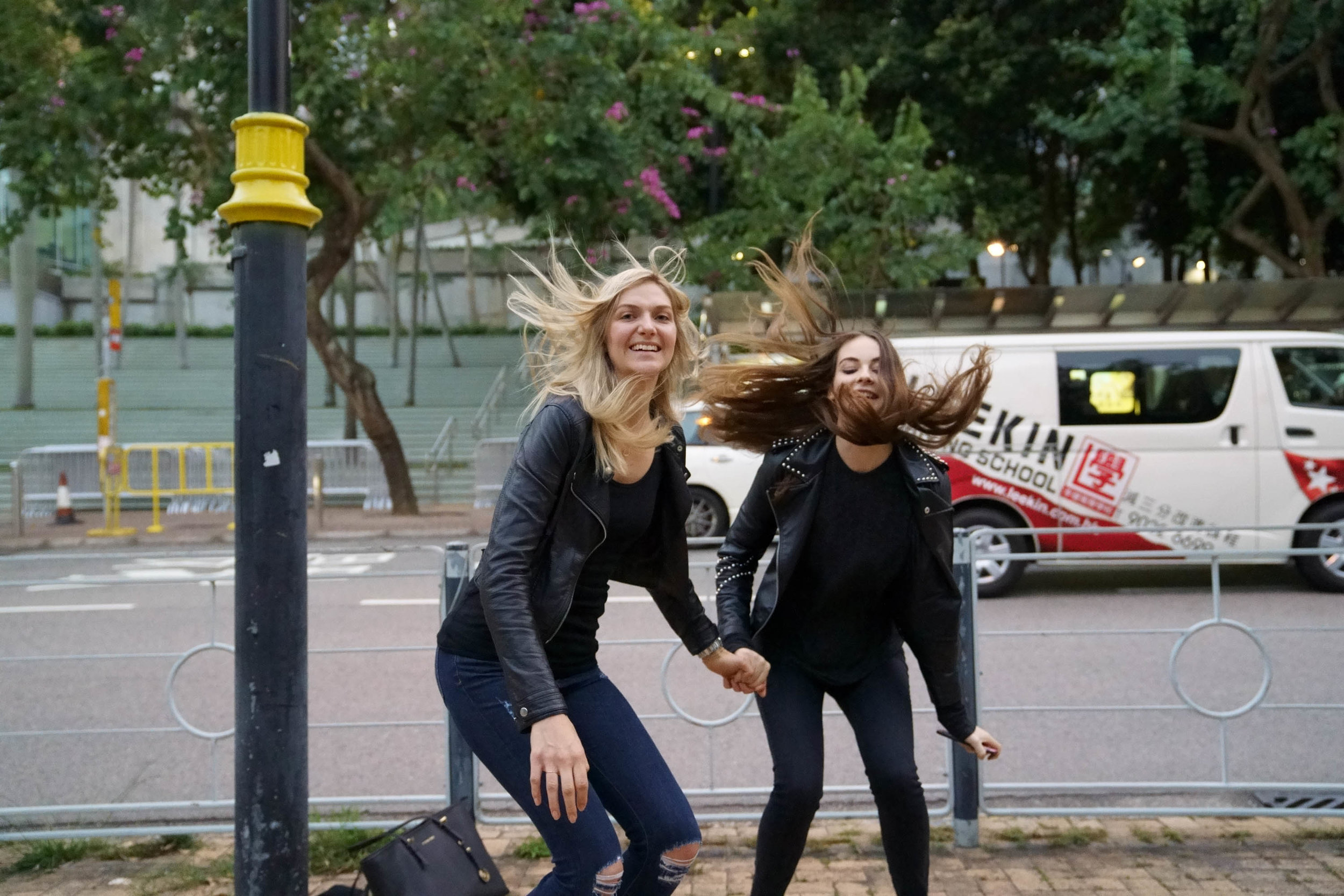
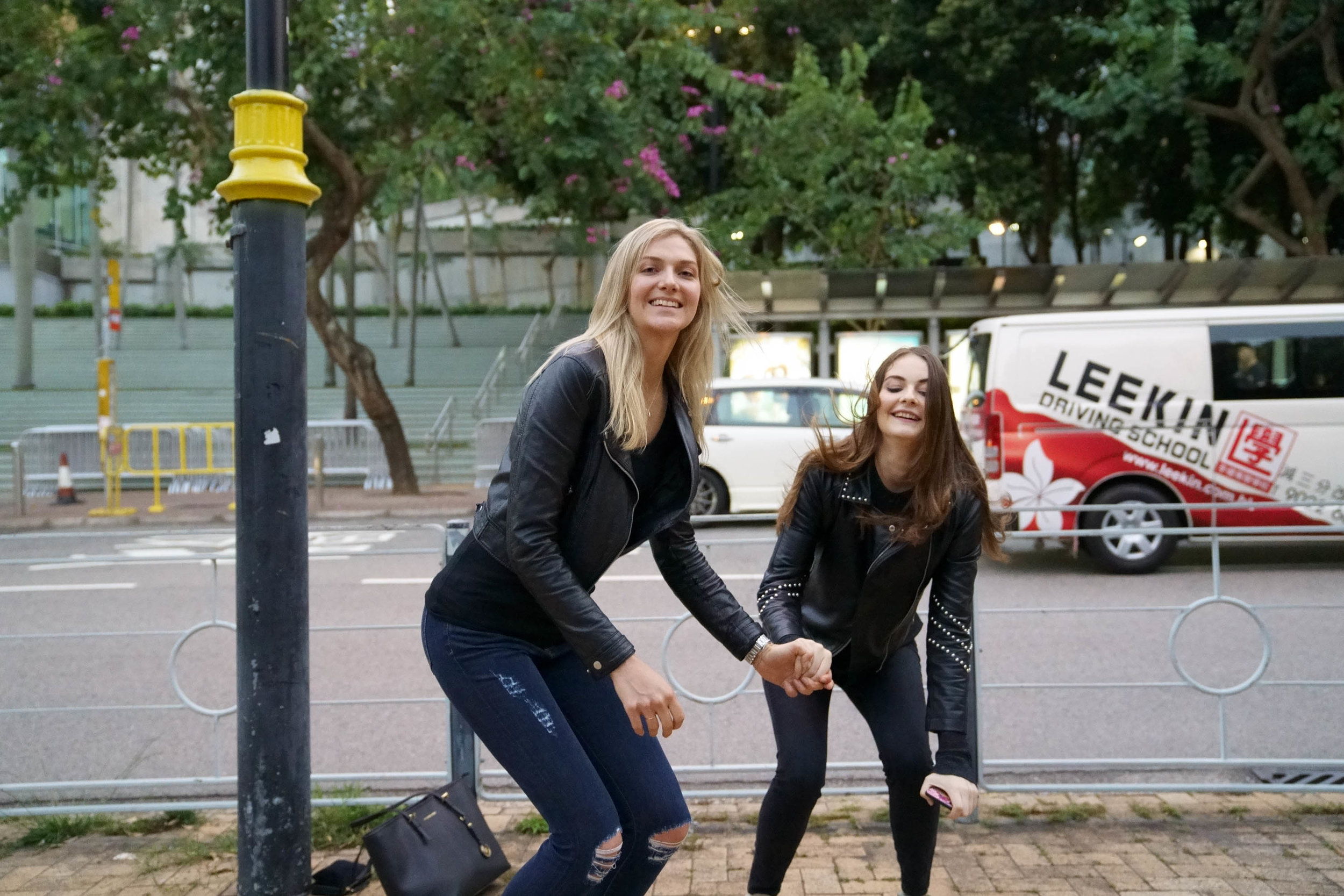
ISO 6400, 1/1000s, f/2.8, @35mm - The autofocus of the A7 Mark III is consistent with the A9 and the A7R Mark III.
All images shot on the Sony FE 24-70mm f/2.8 GM. Some images have had their exposures tweaked between ±½ stop in Lightroom, for the sake of consistency in presentation. Other than that, images have not been edited in post, unless otherwise mentioned in the captions. All images demonstrating accuracy in continuous shooting were exported from the Sony Imaging Software, since they were already uploaded onto the blog before the release of Adobe's April 2nd update to Creative Cloud.
As a side note, the color balance on the Sony Imaging Software in indoor lighting rendered noticeably more unrealistic in appearance than on Lightroom (and I suspect on Capture One). This is why I delayed sharing this post, upon receiving notification of Adobe's most recent update. I had to amend what I wrote to reflect a fairer evaluation of the improved image quality on Lightroom.
Special thanks to Lydia for collaborating again. Adding Lydia allows me to demonstrate how the autofocus on the Sony A7 Mark III performs when there is more than one subject to consider in documentation.







